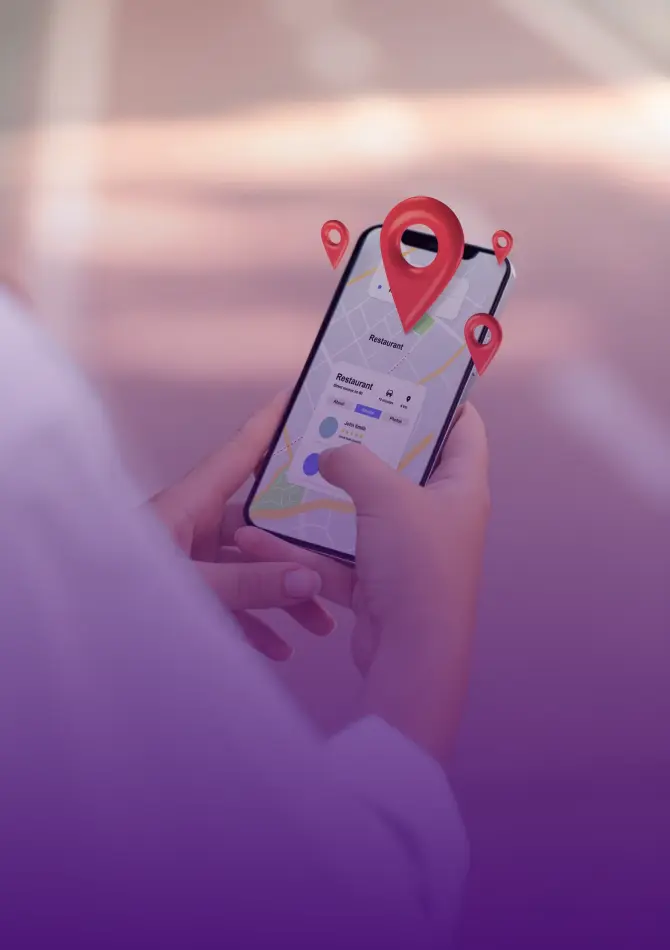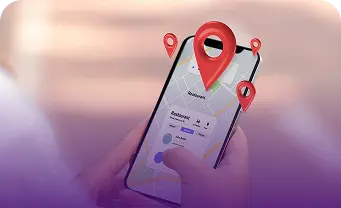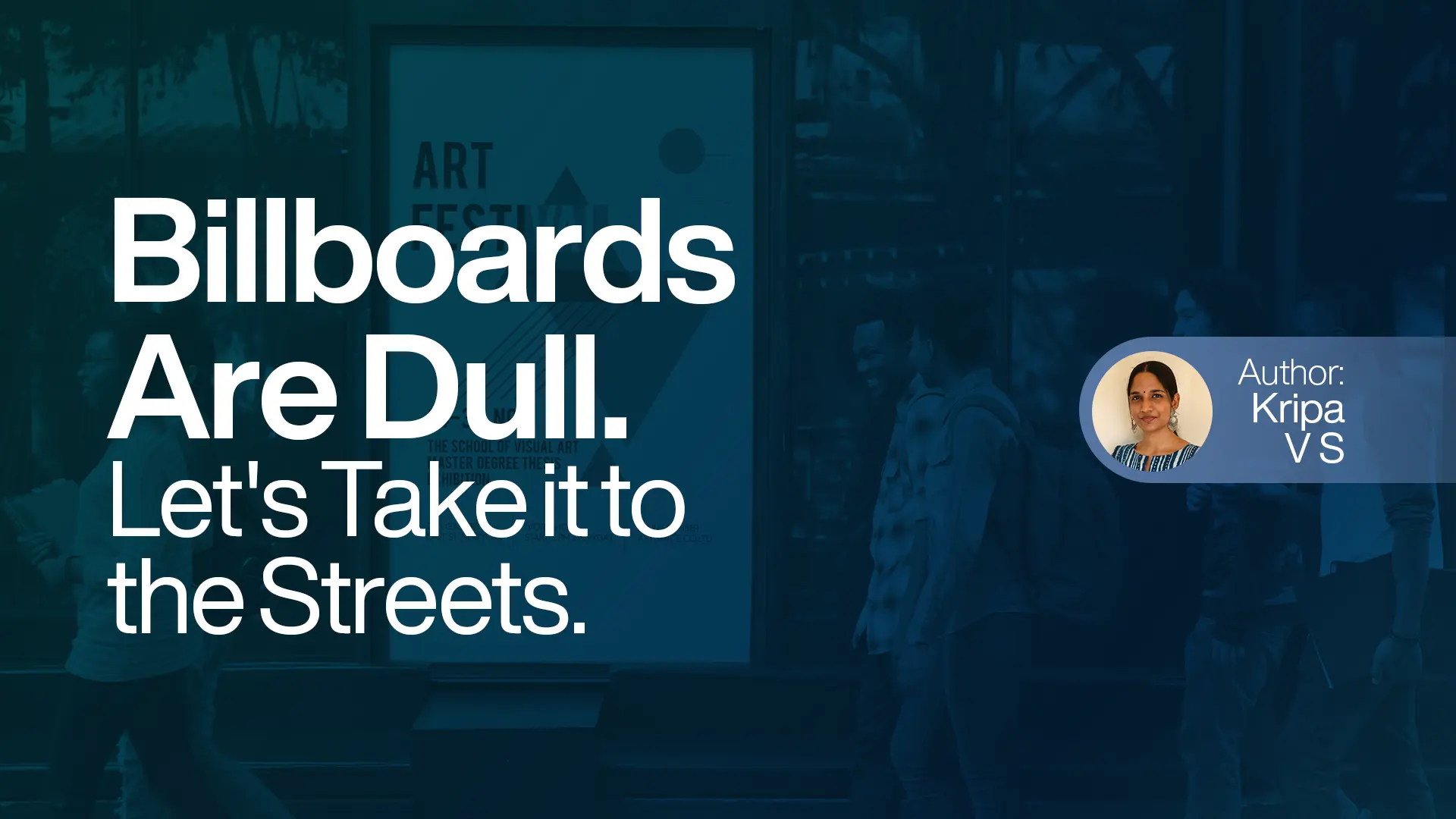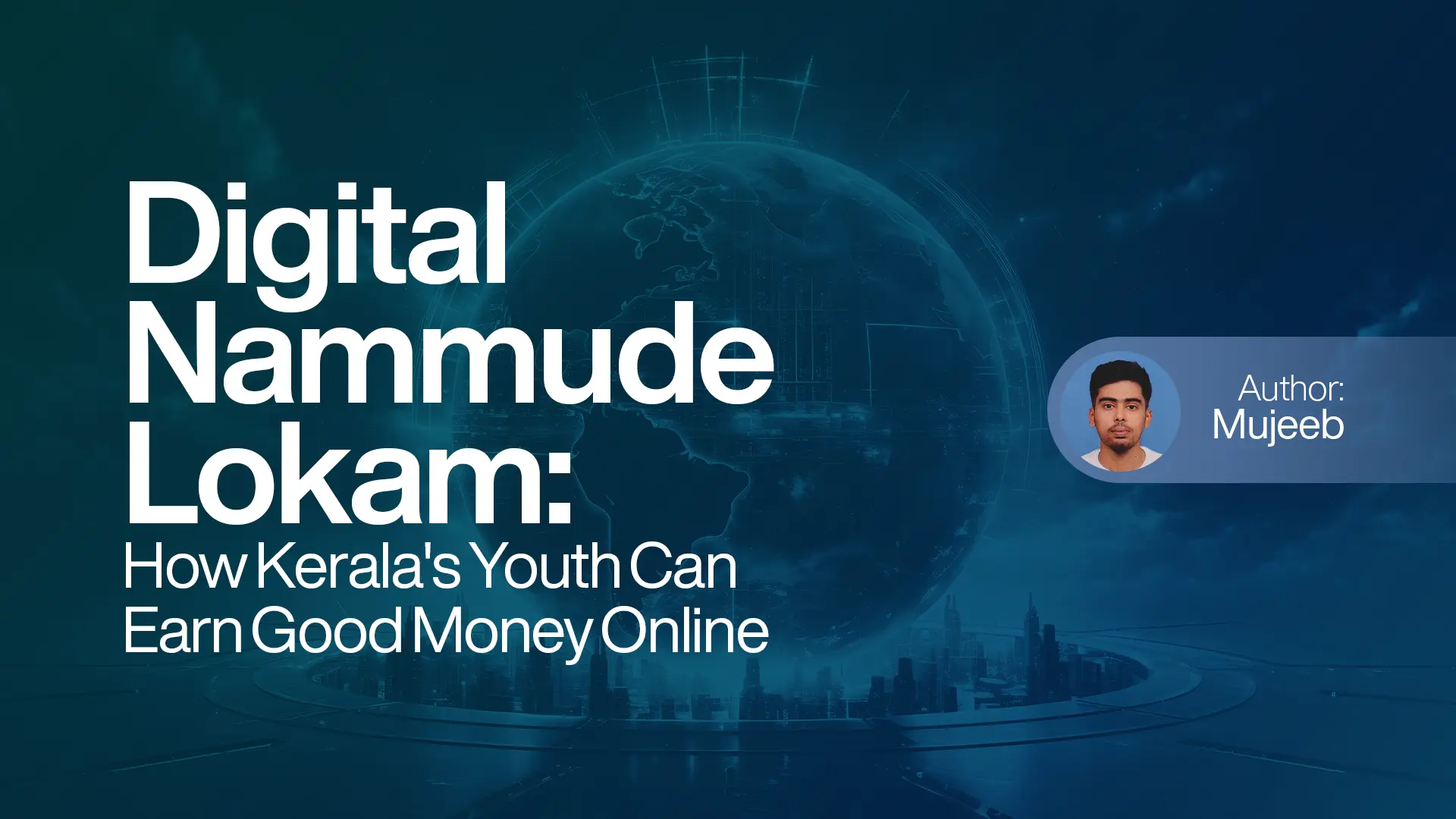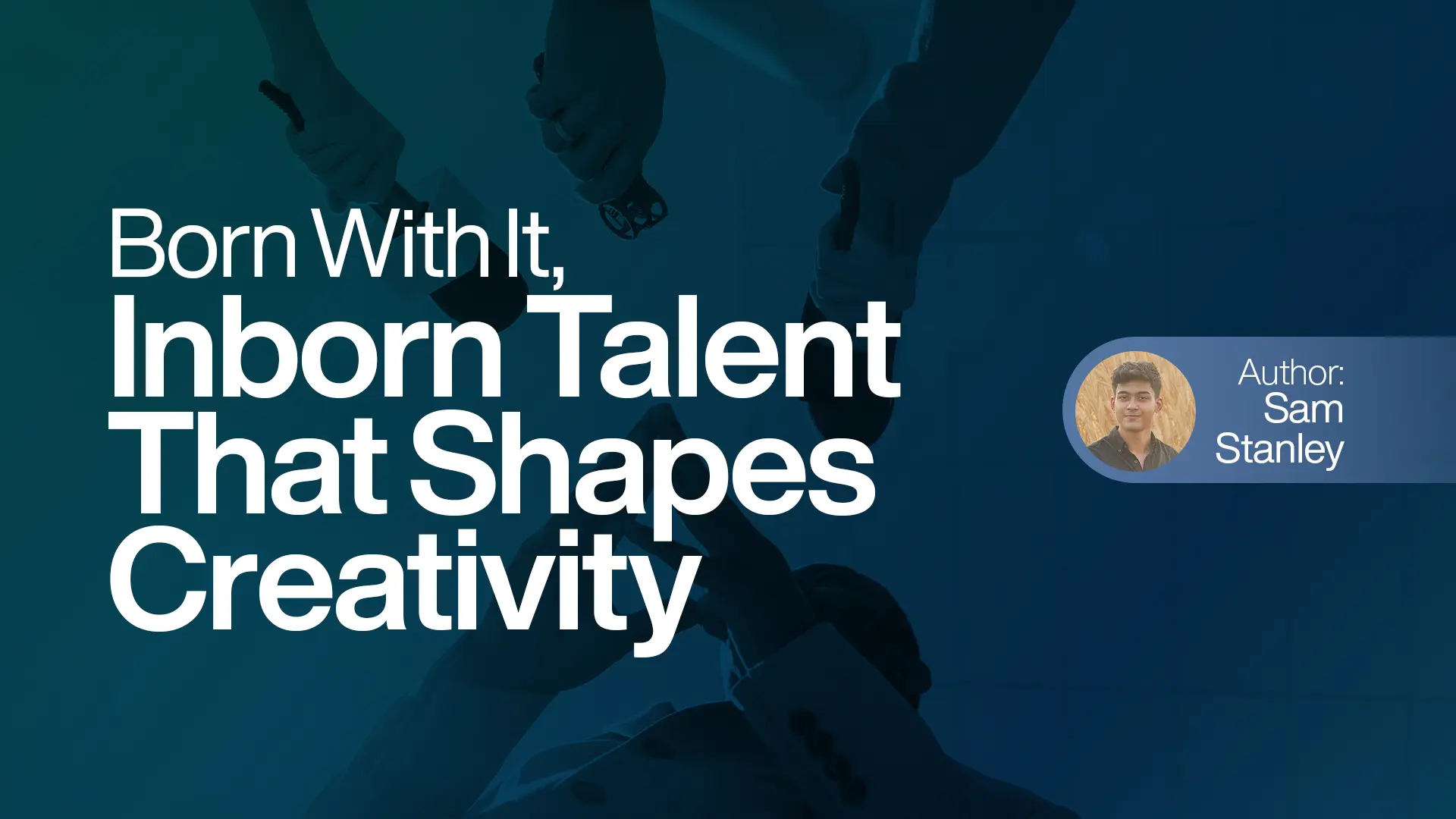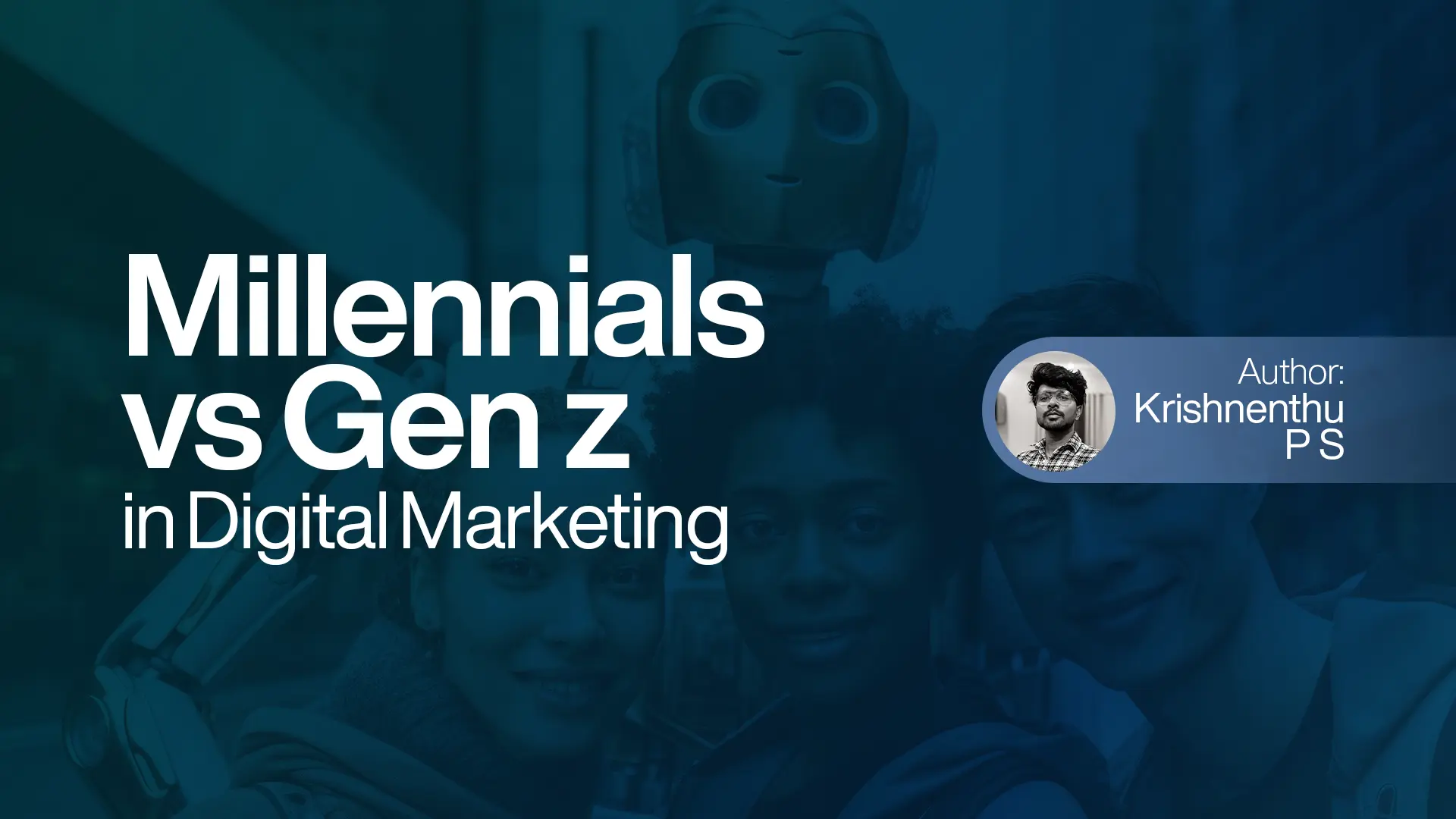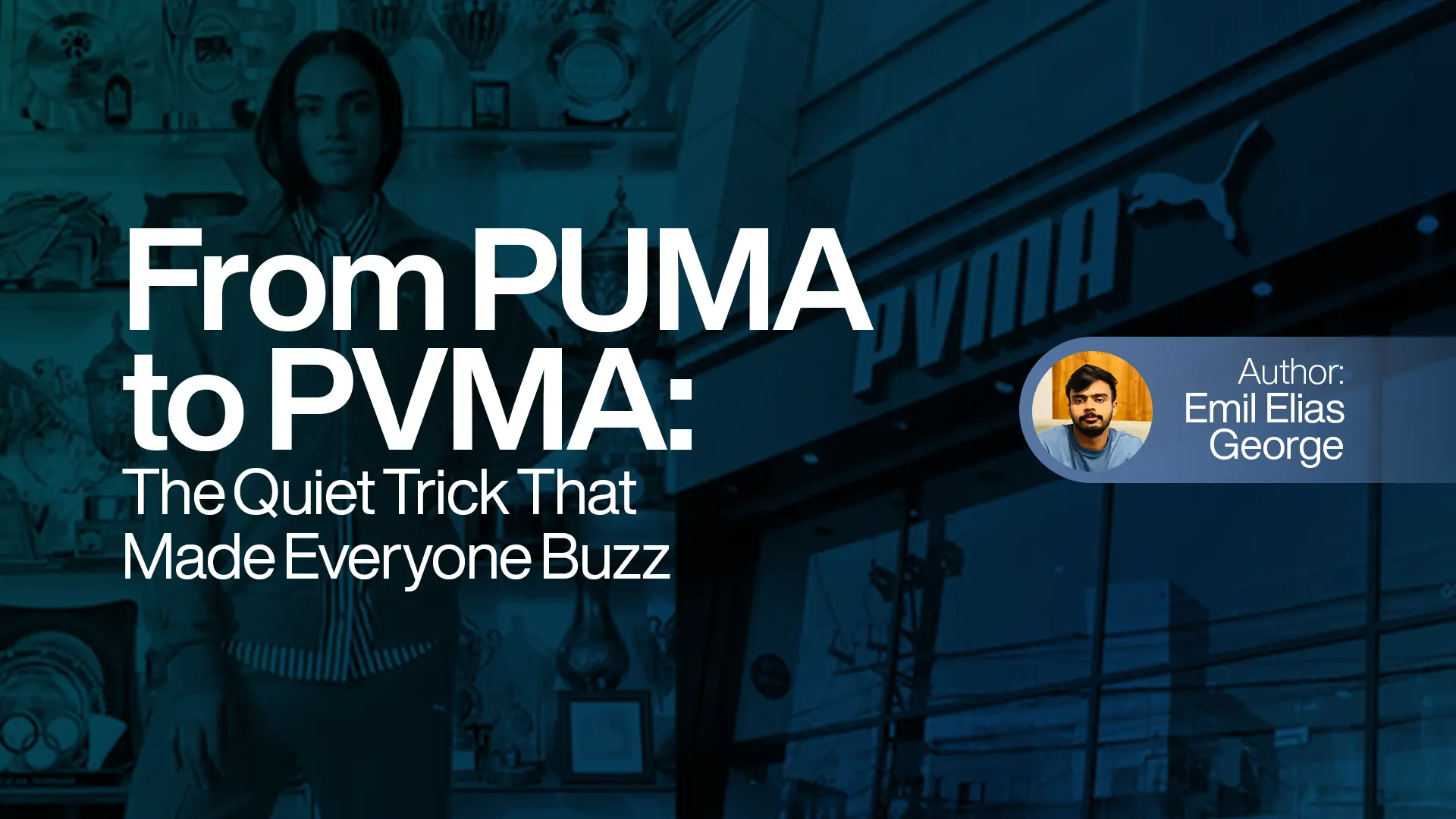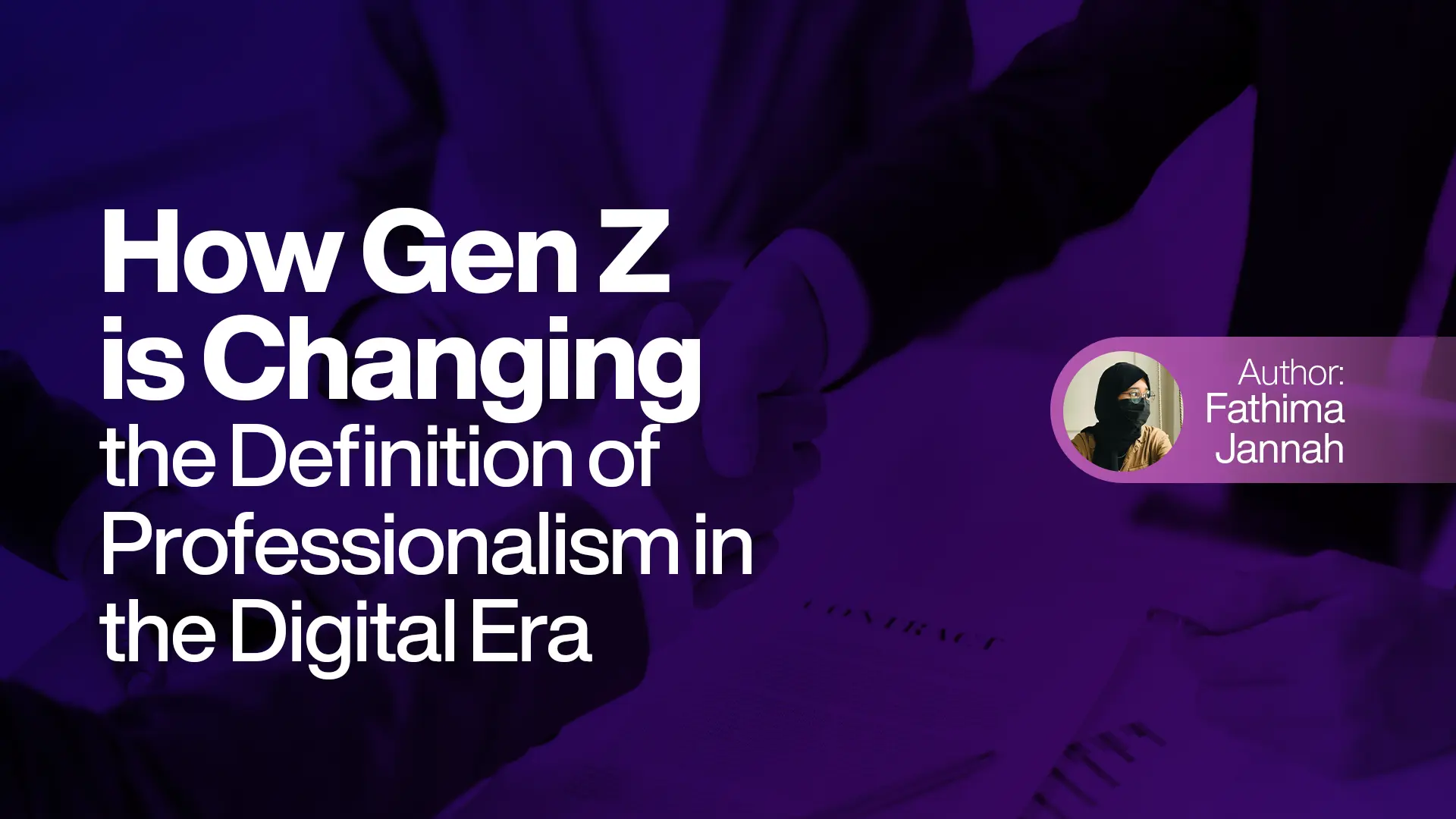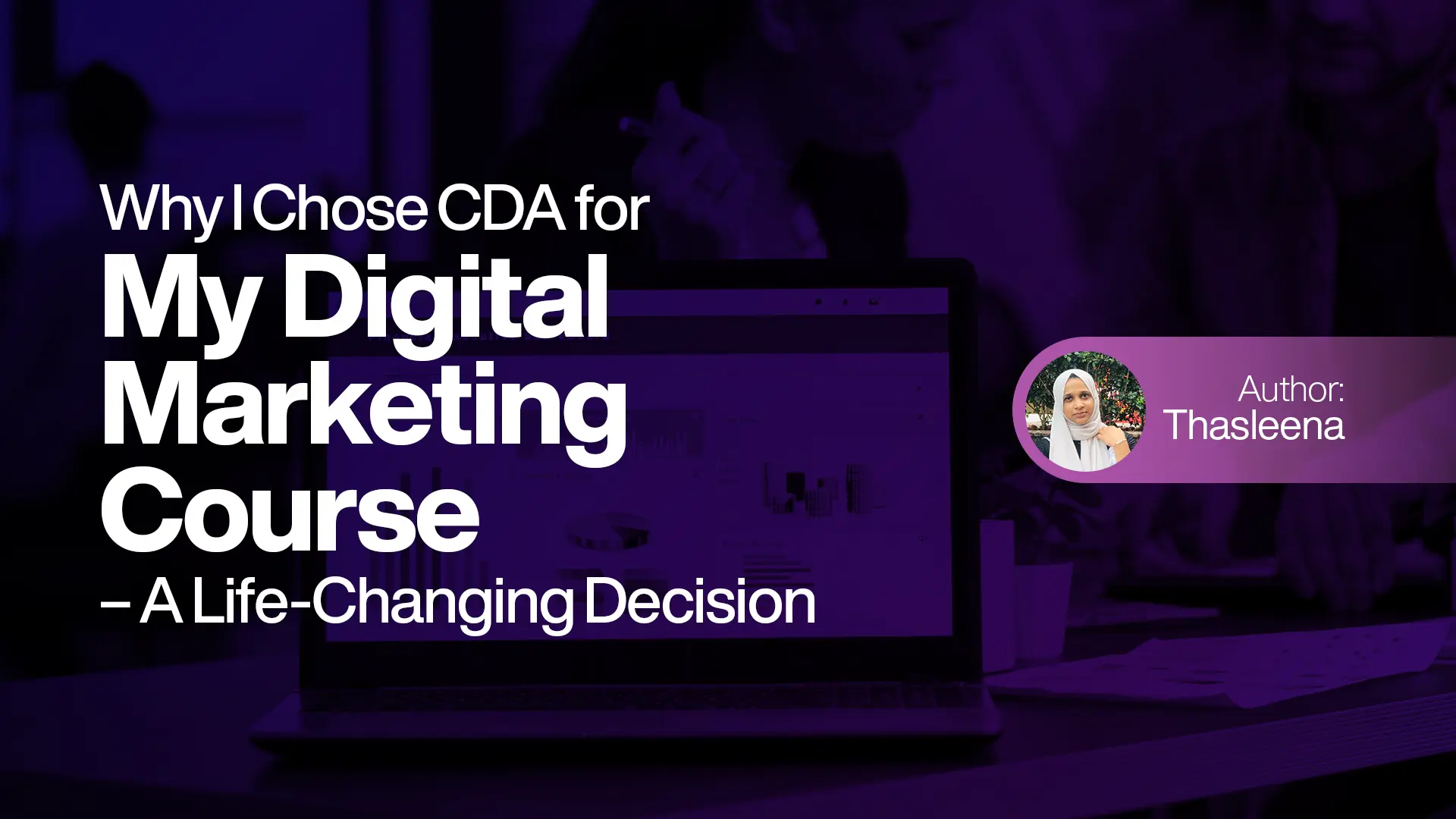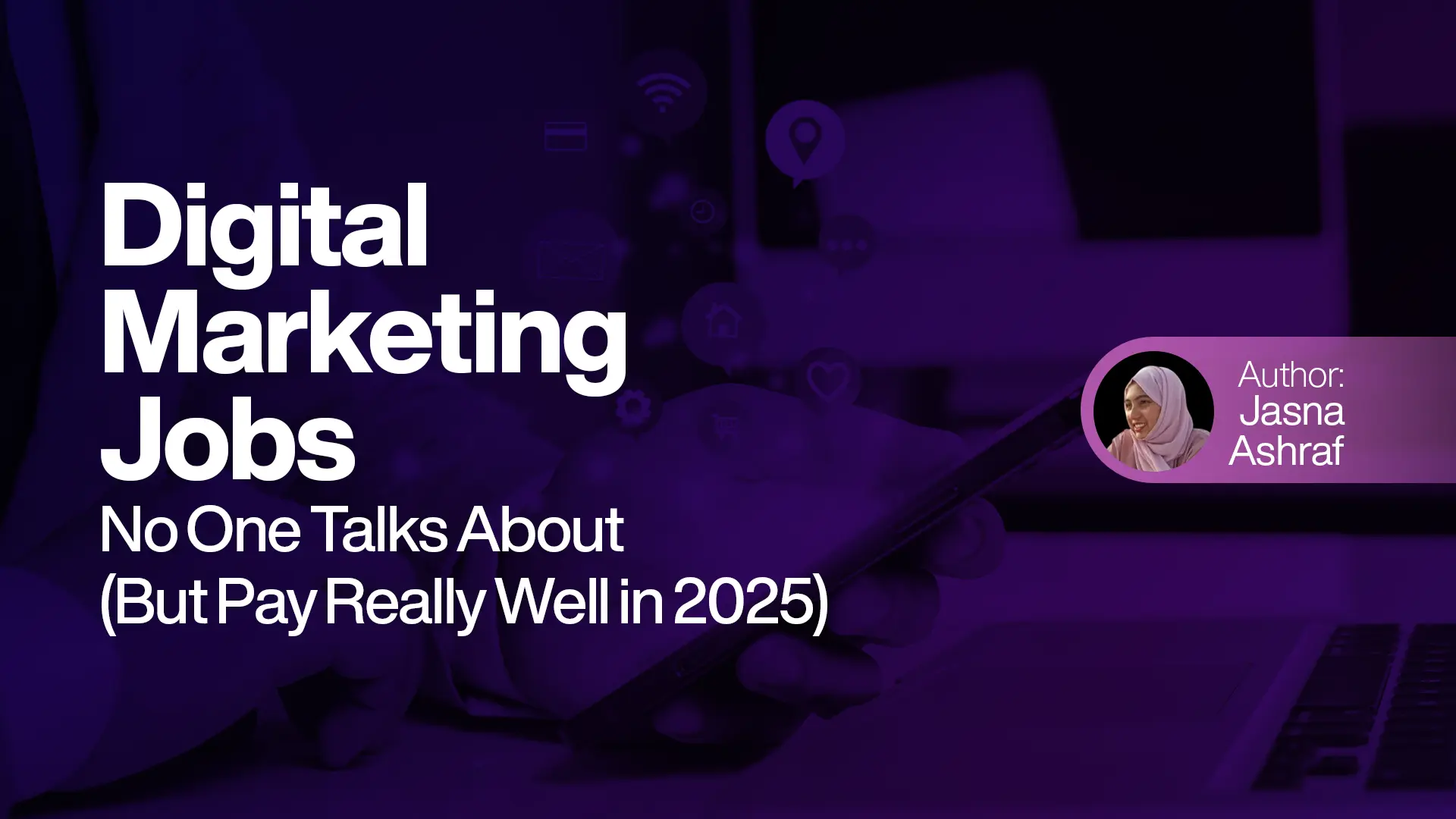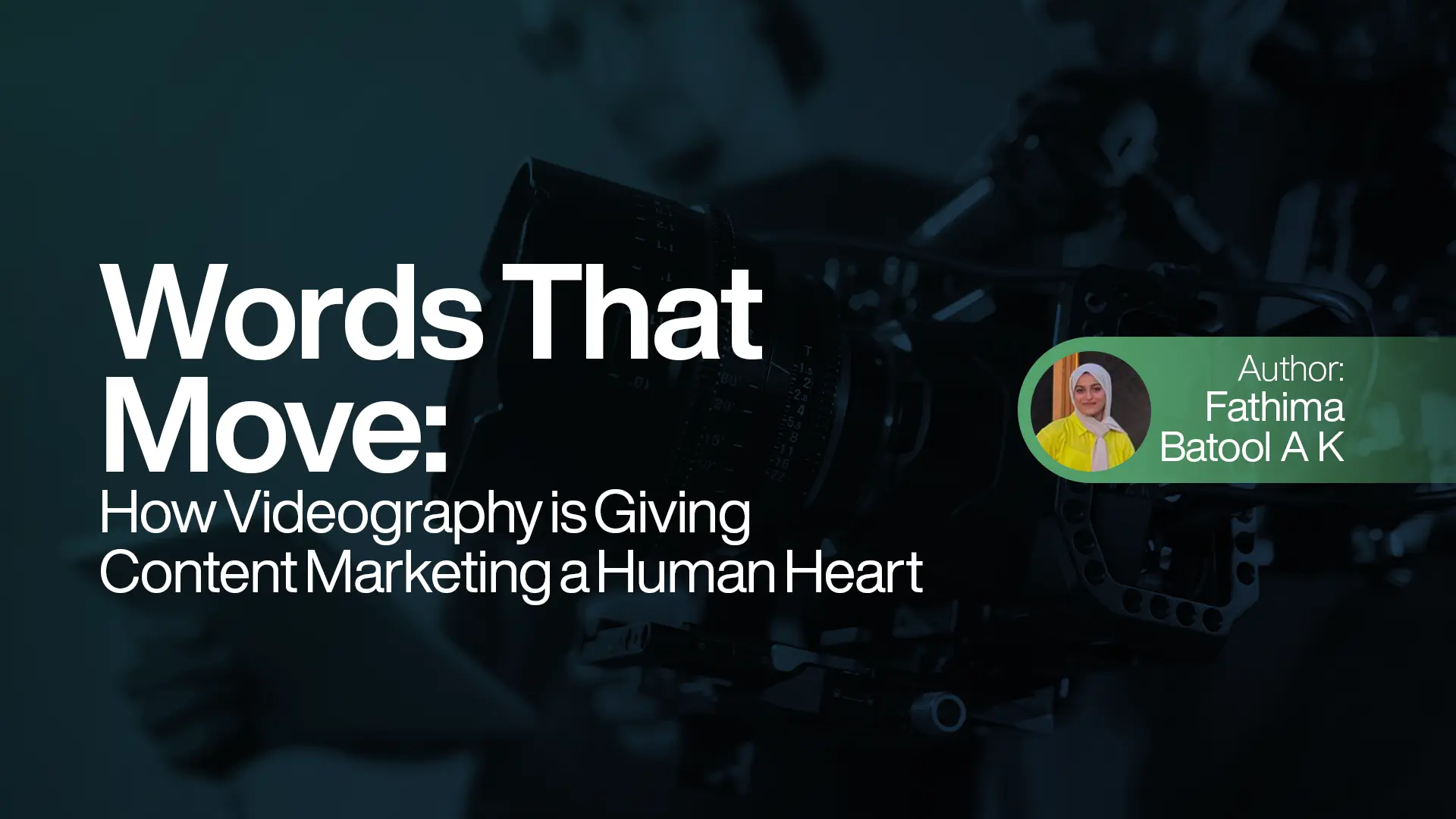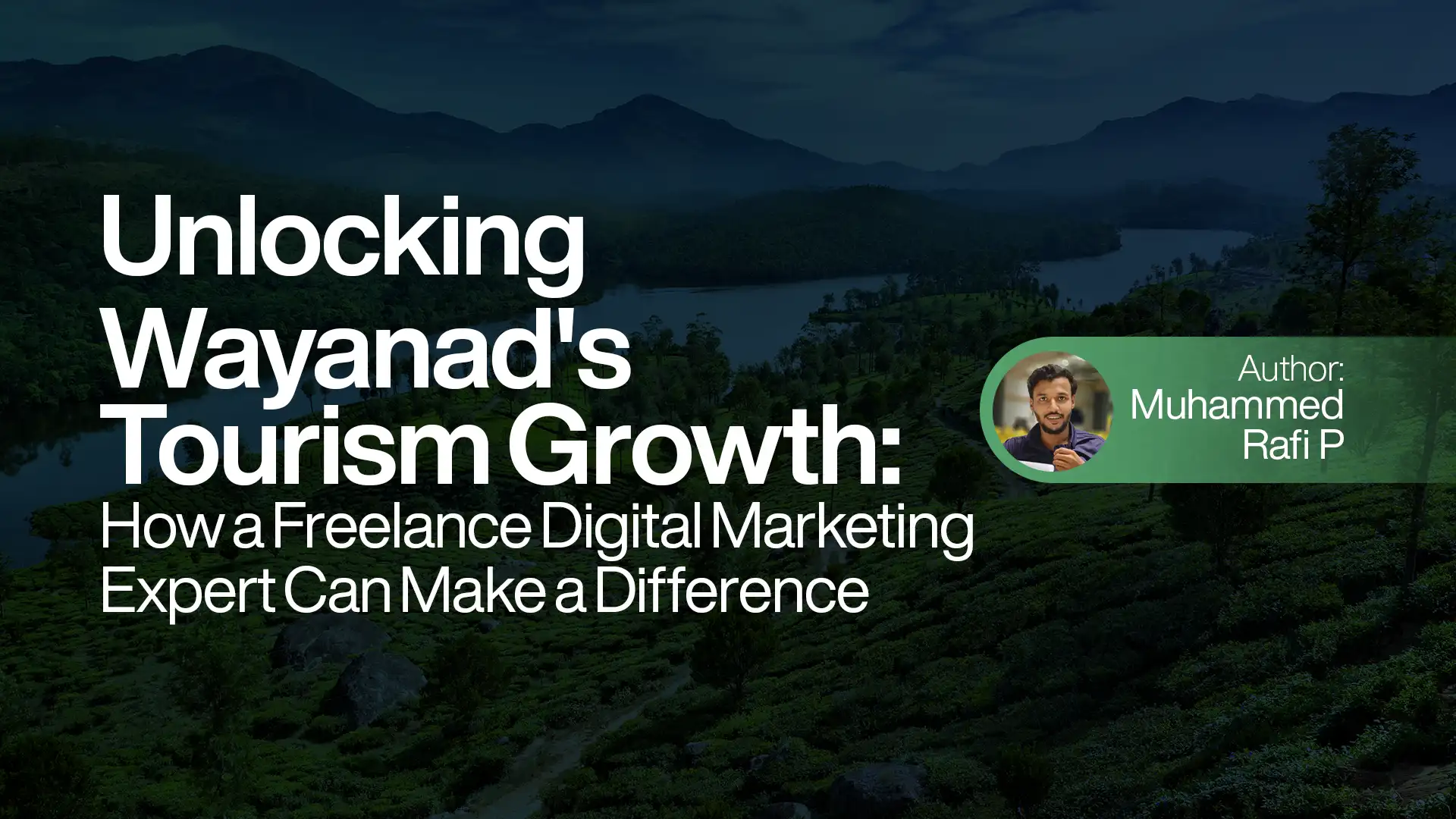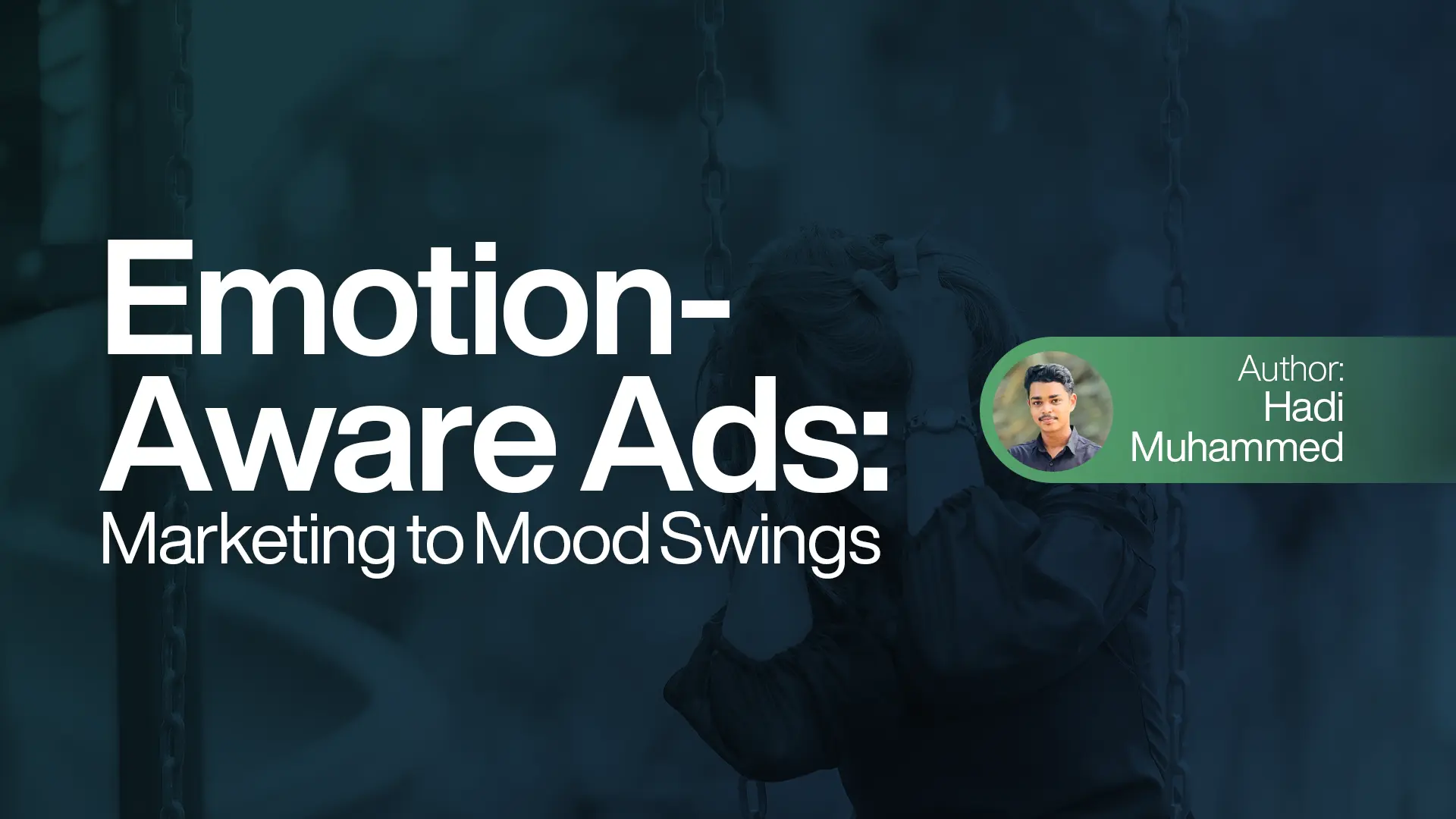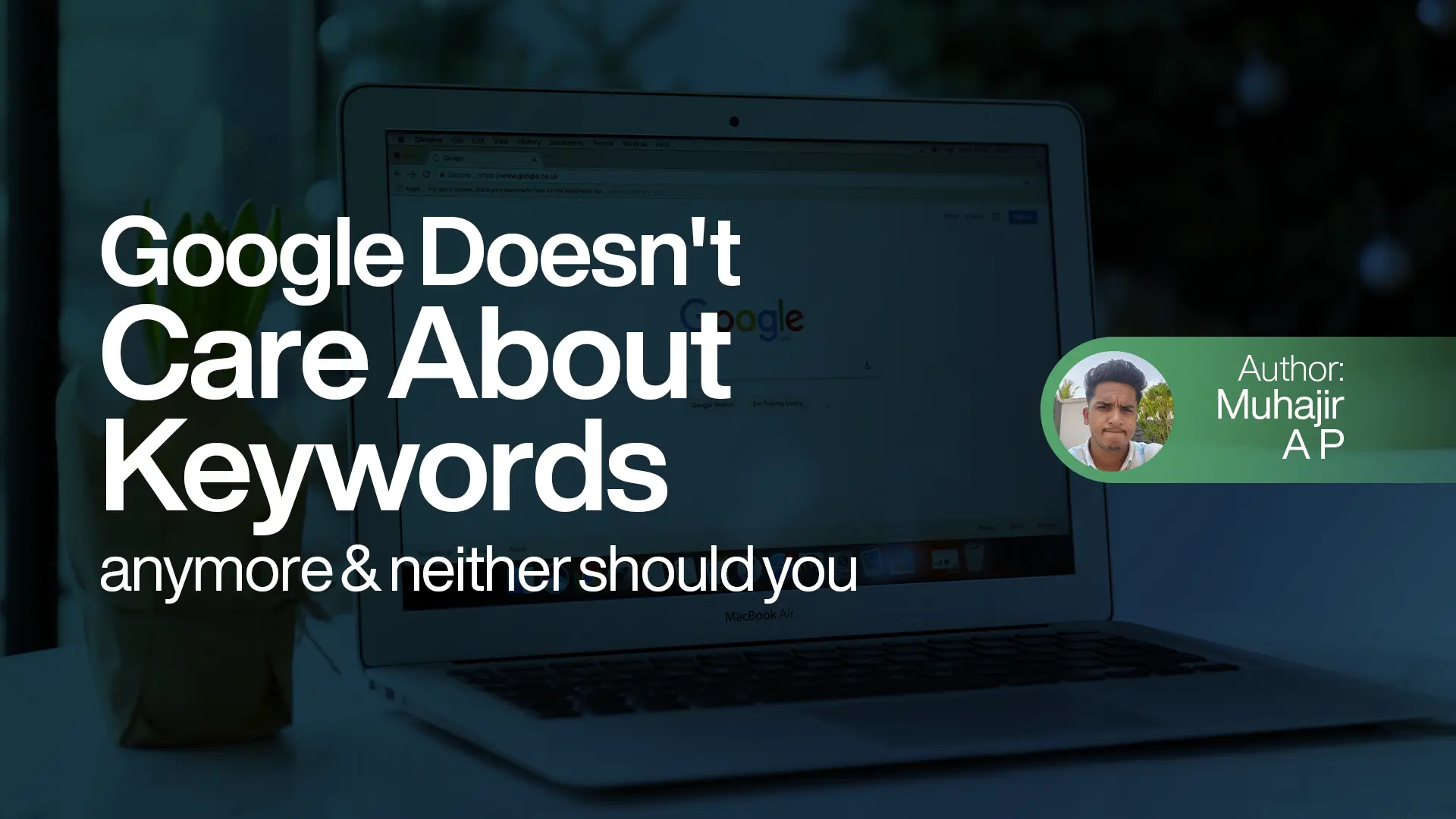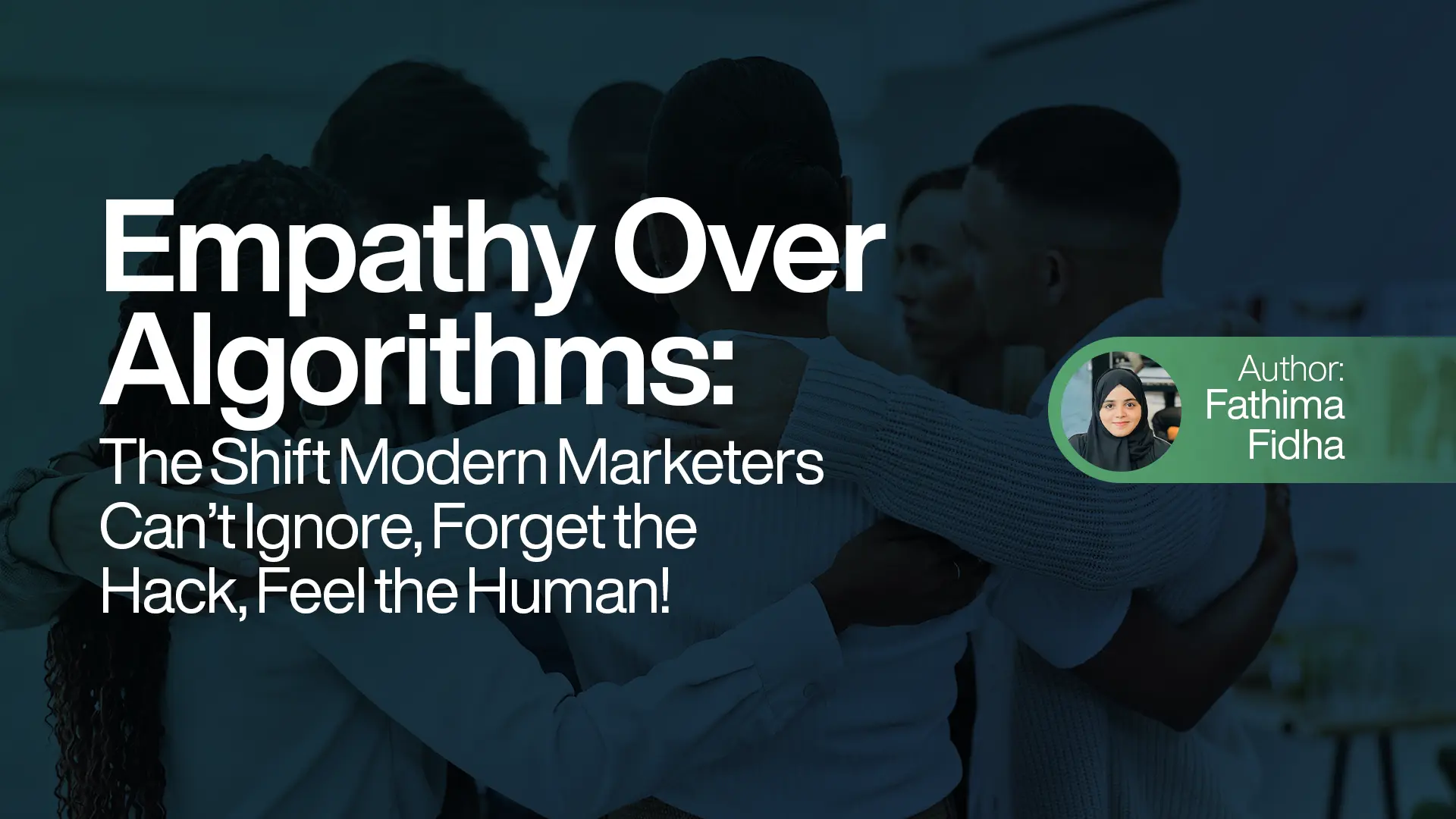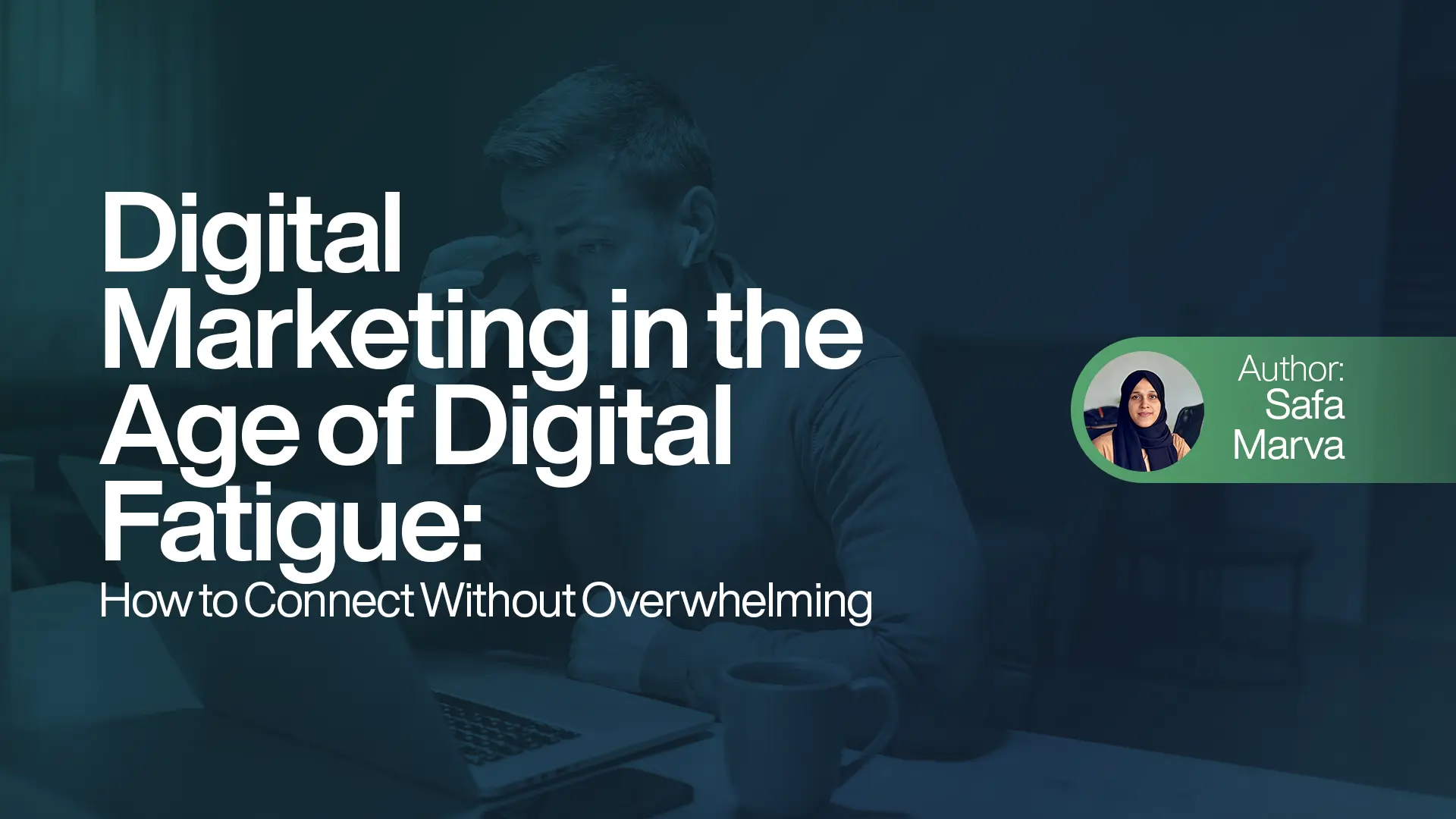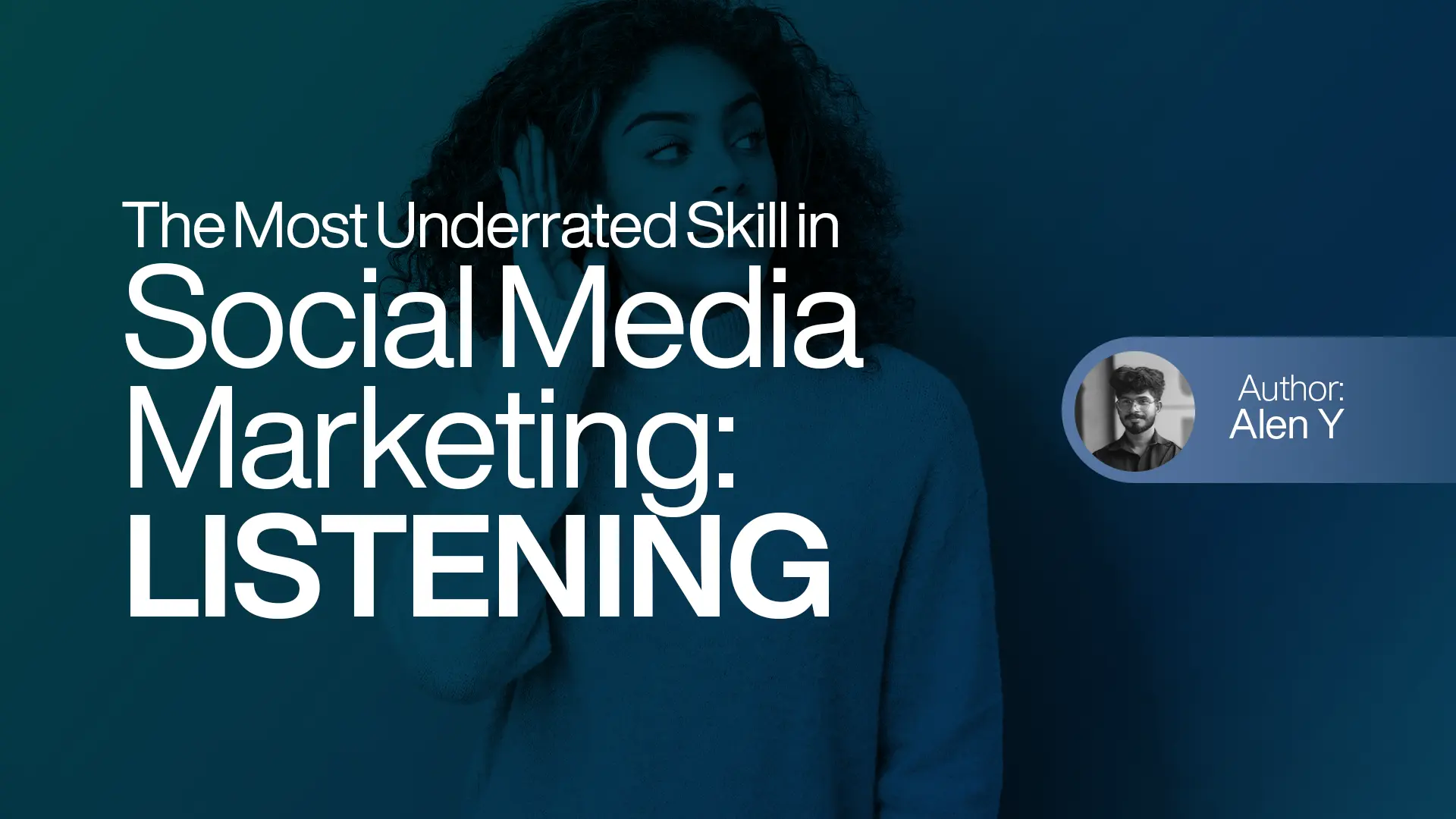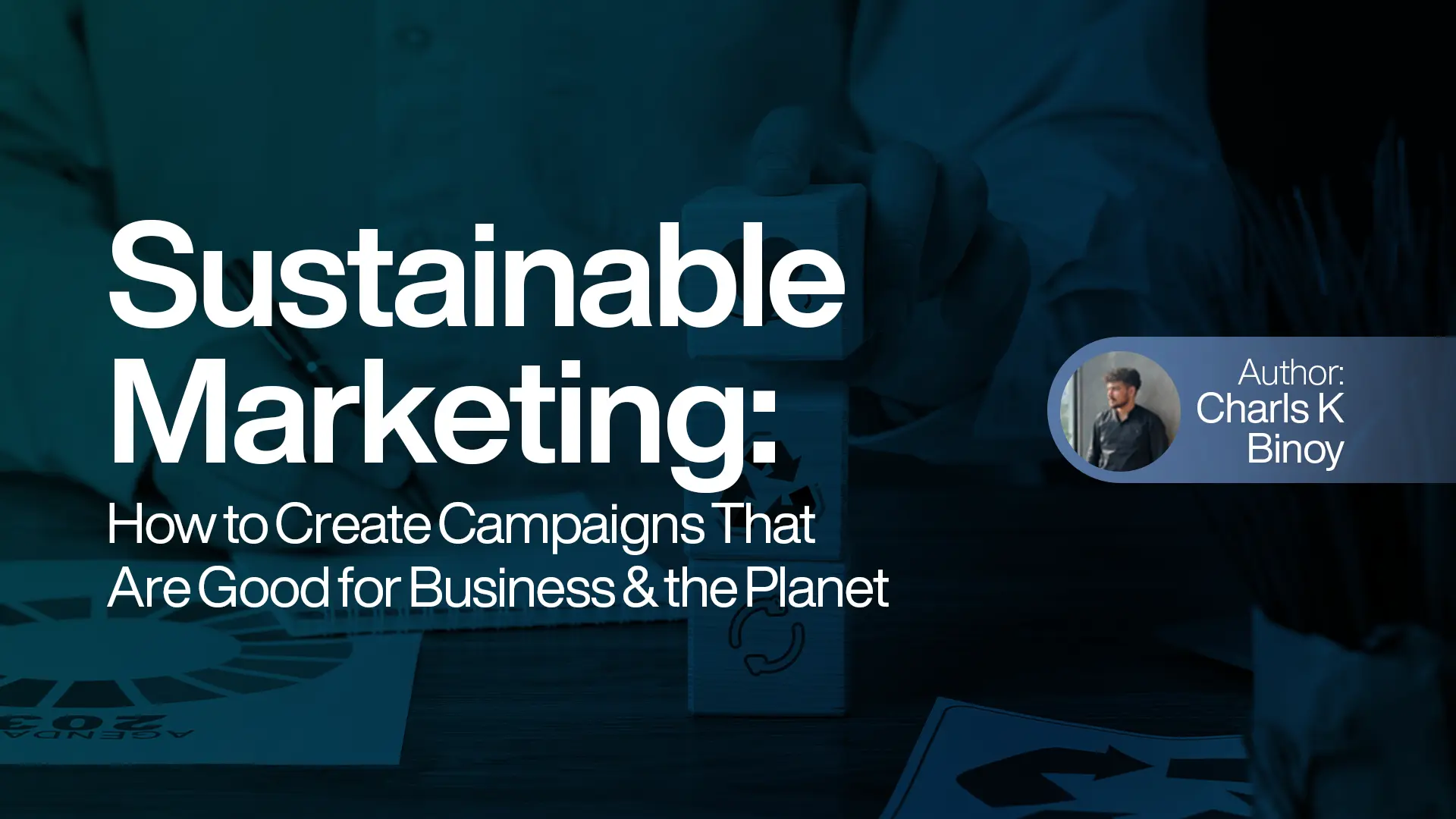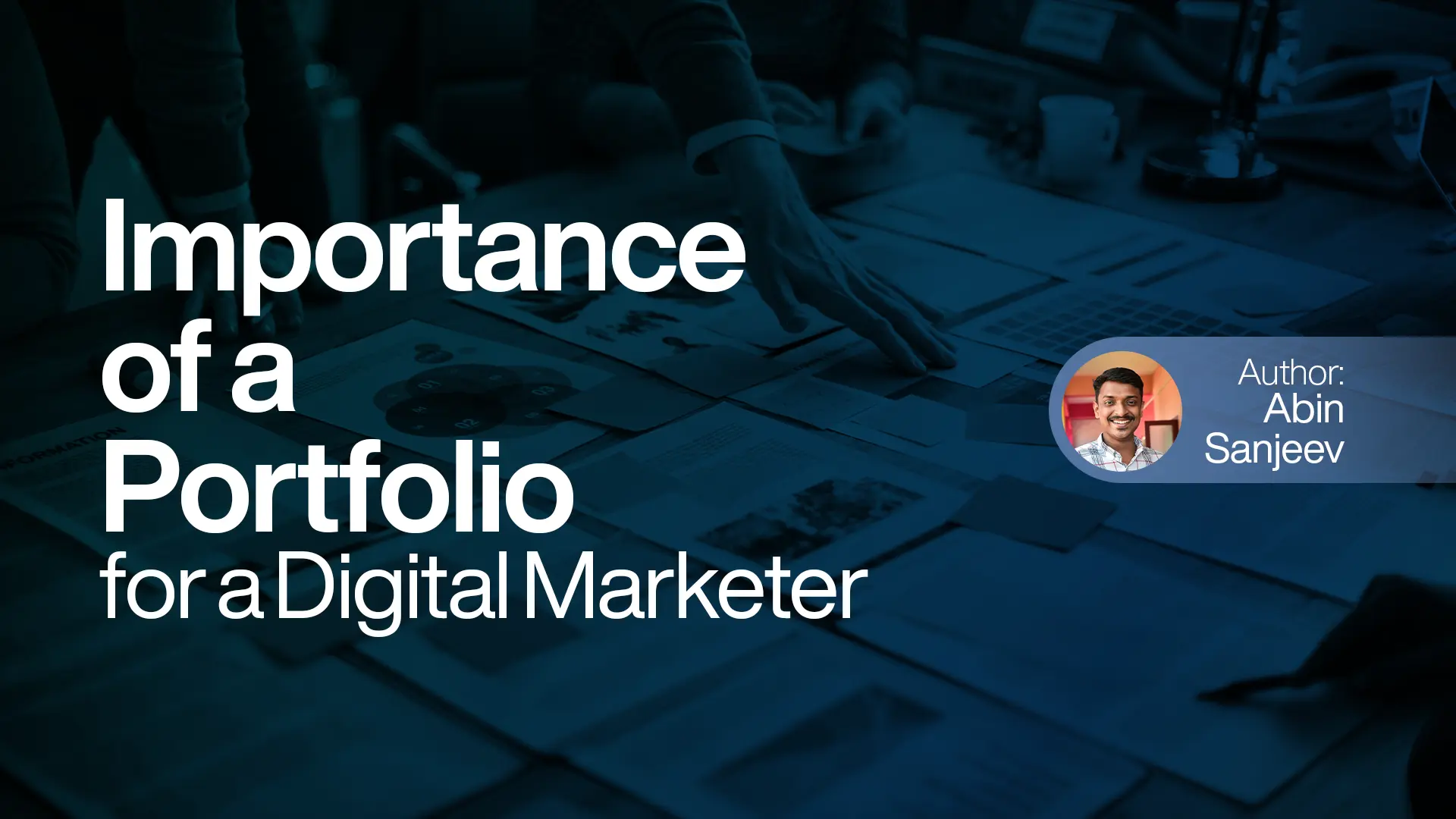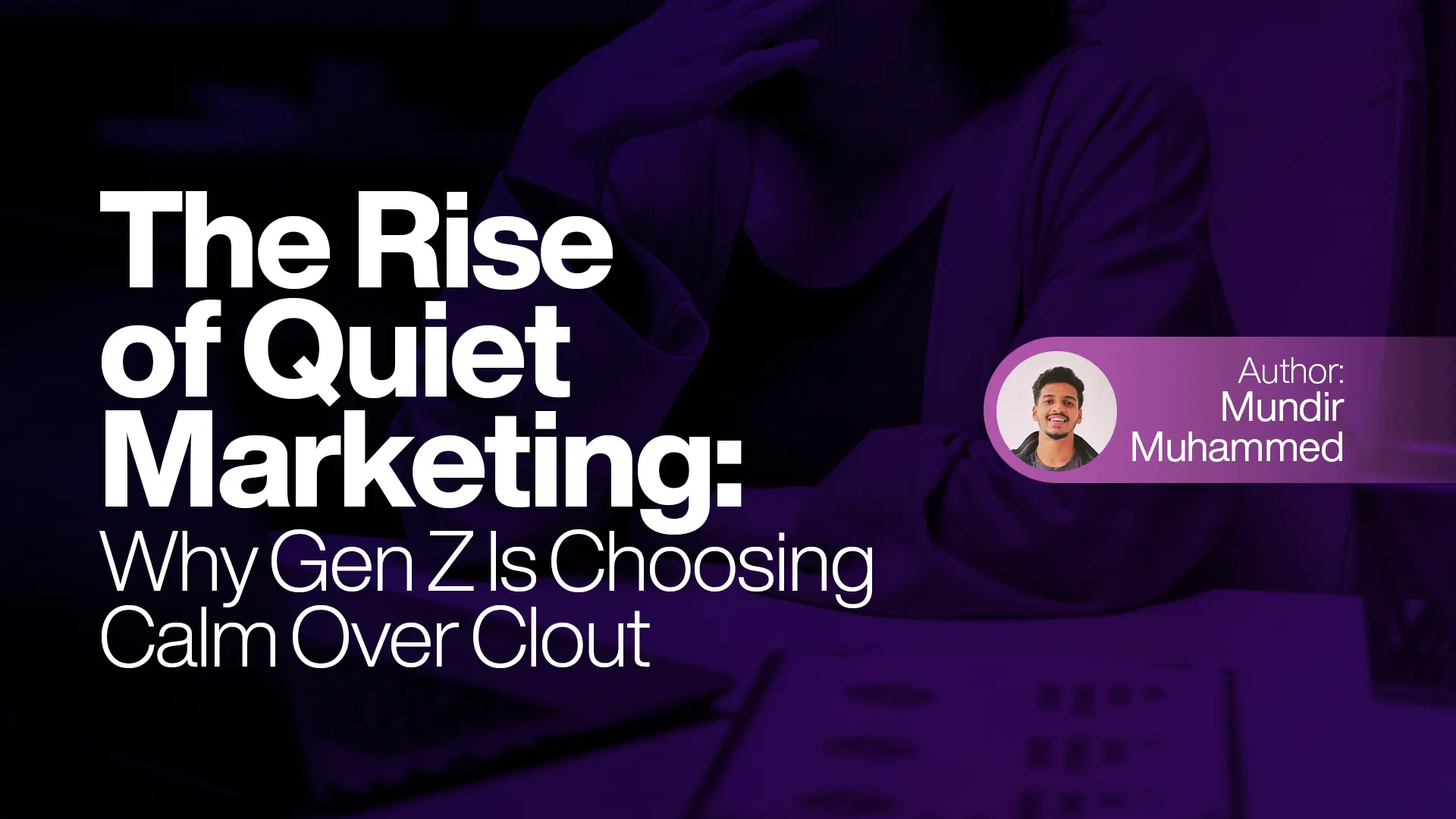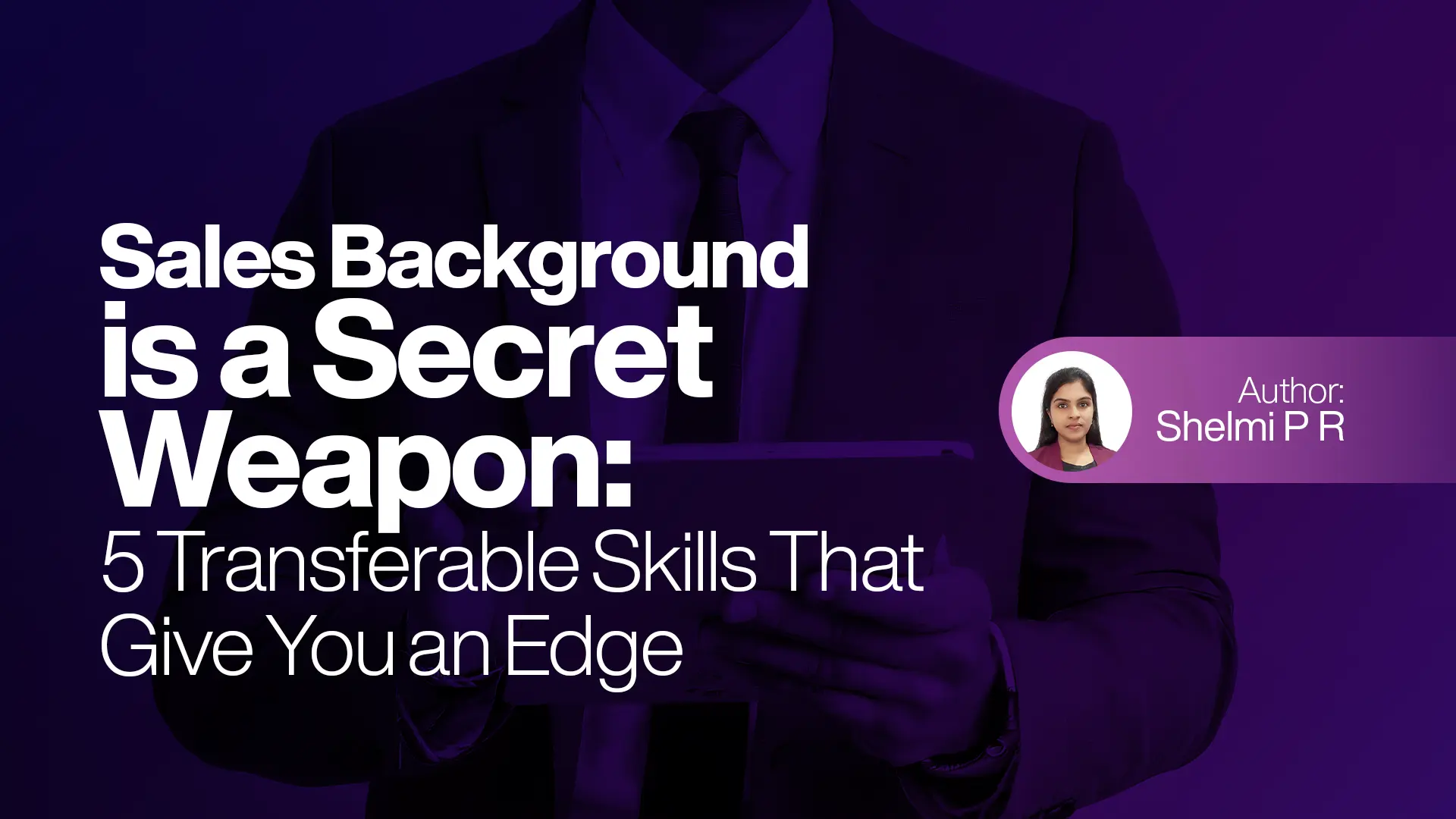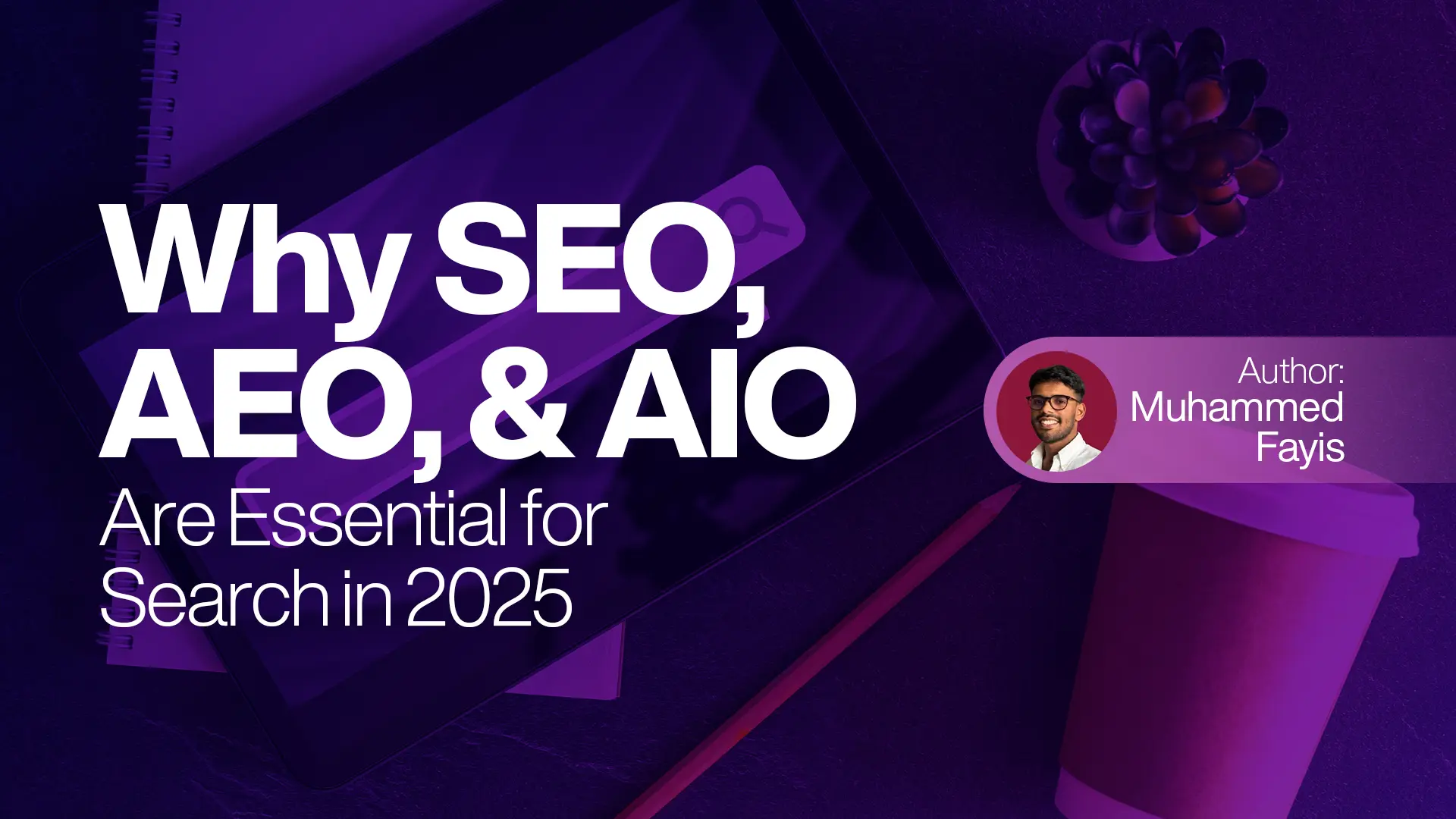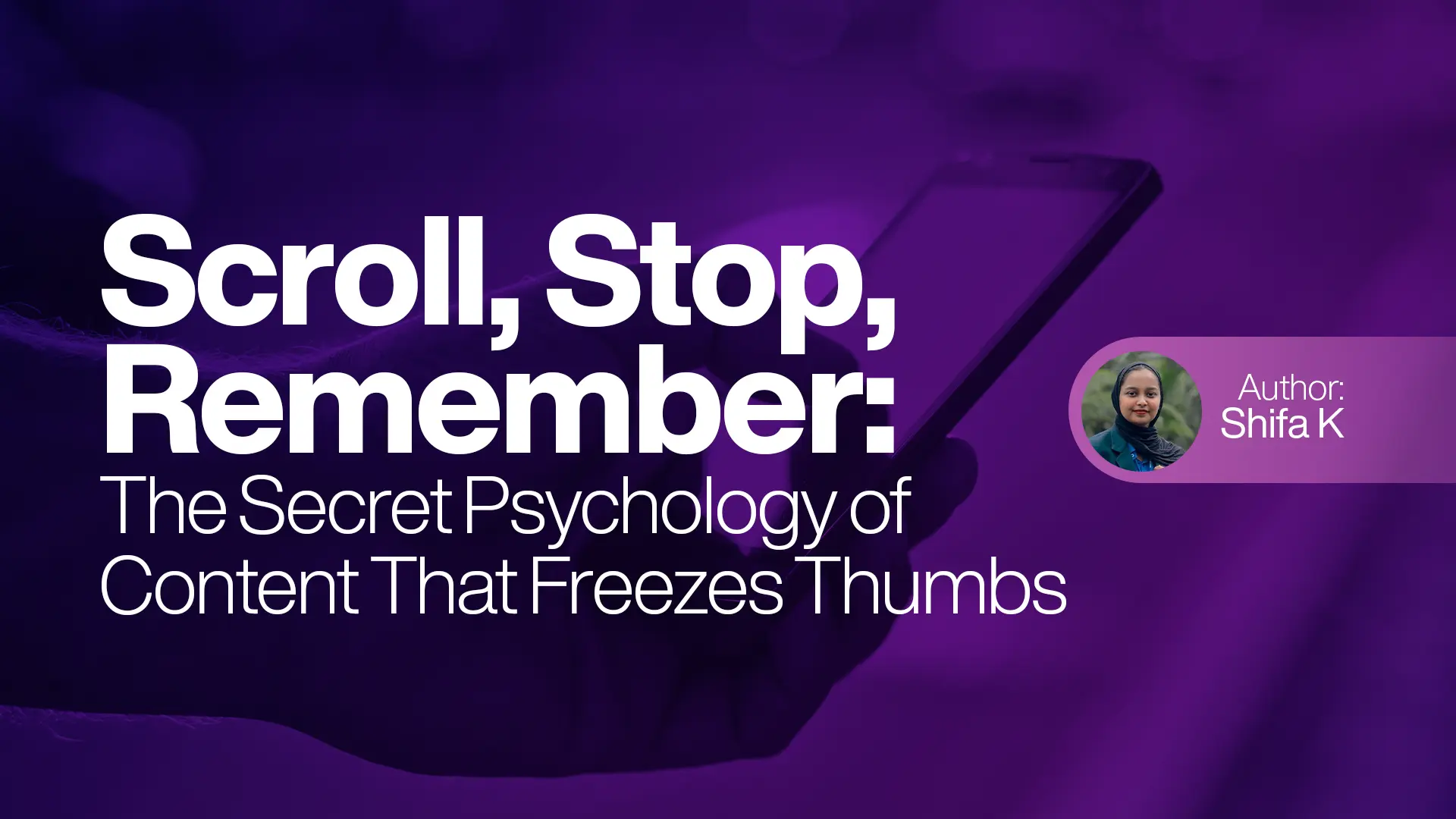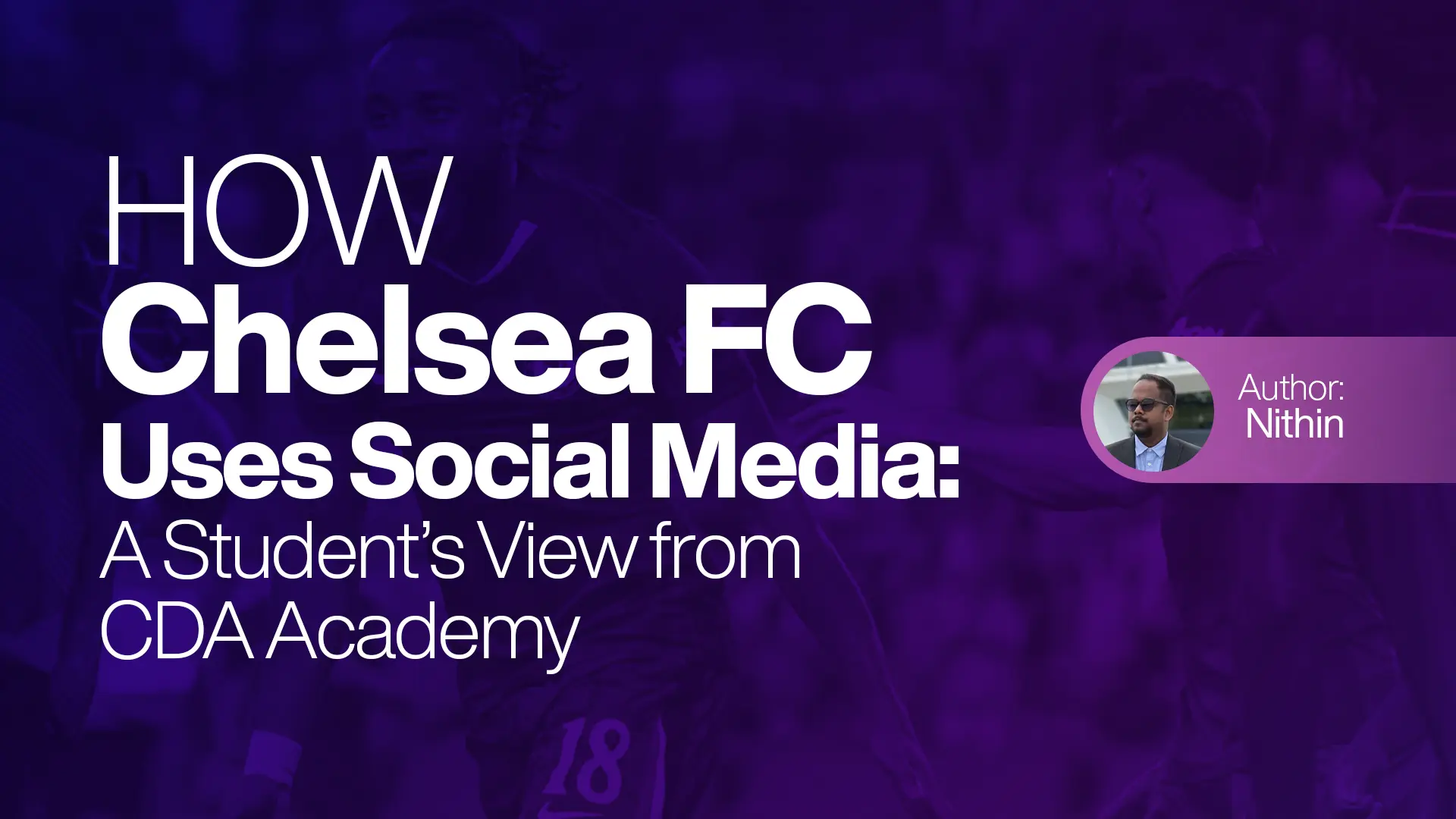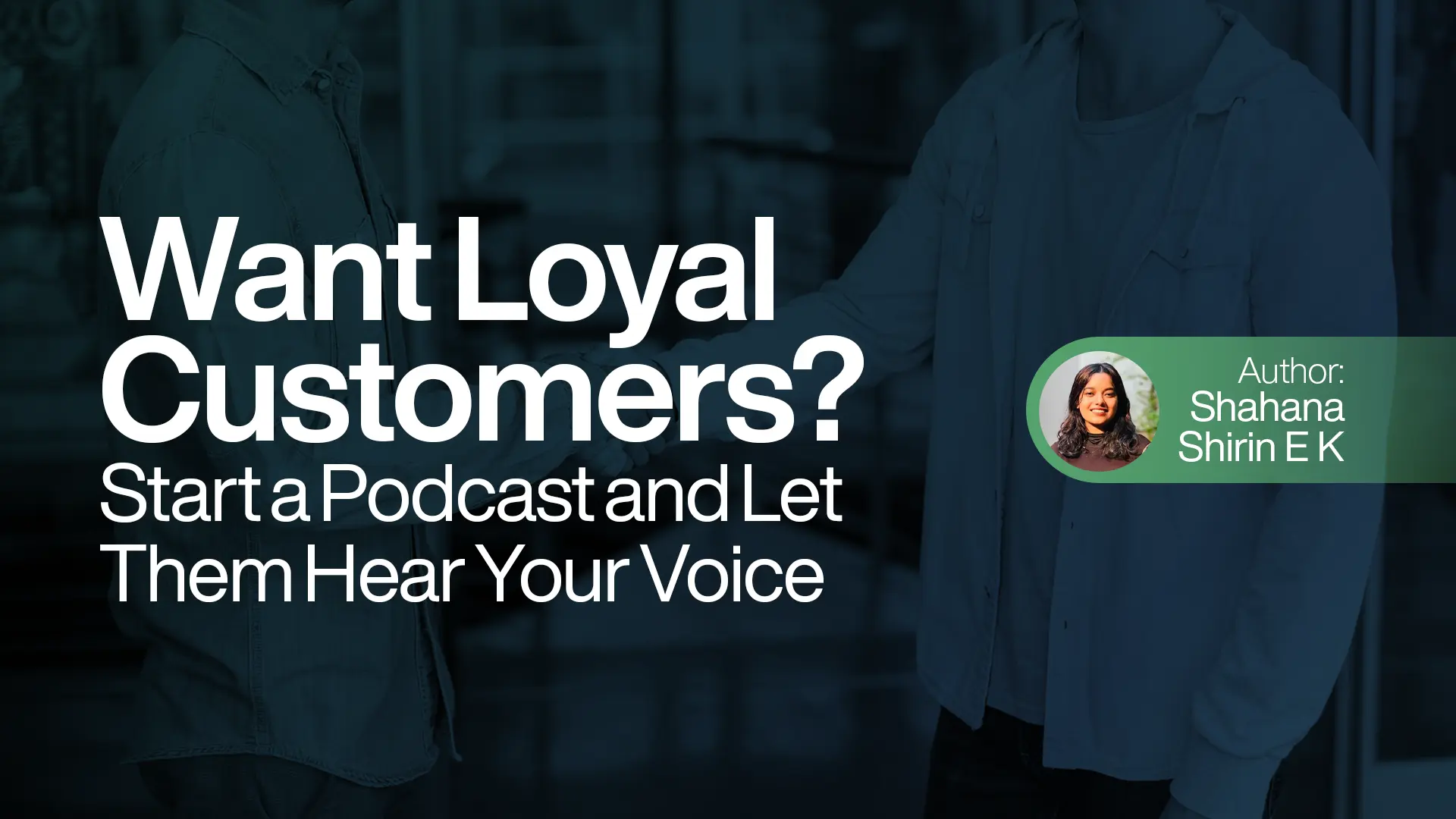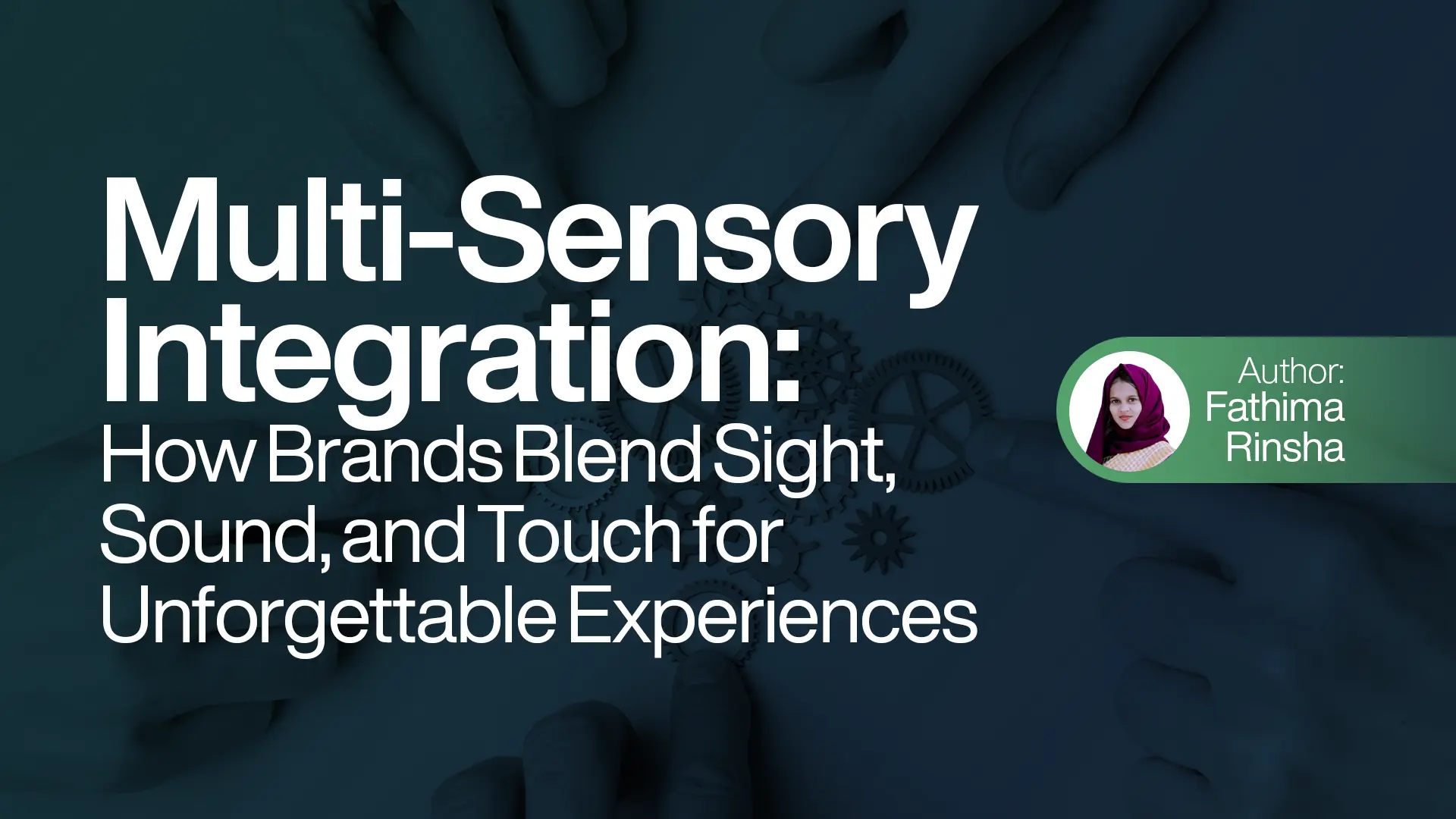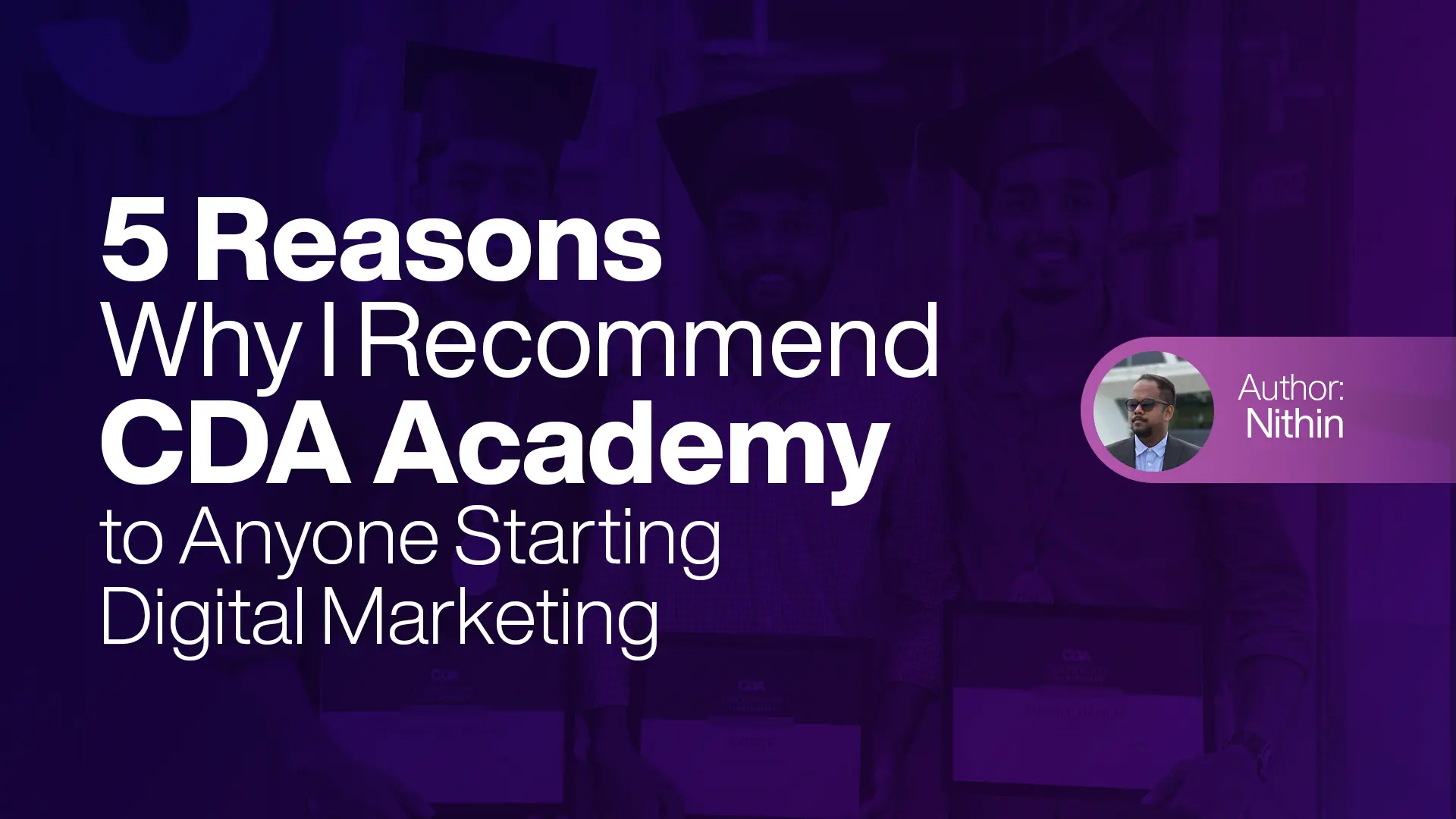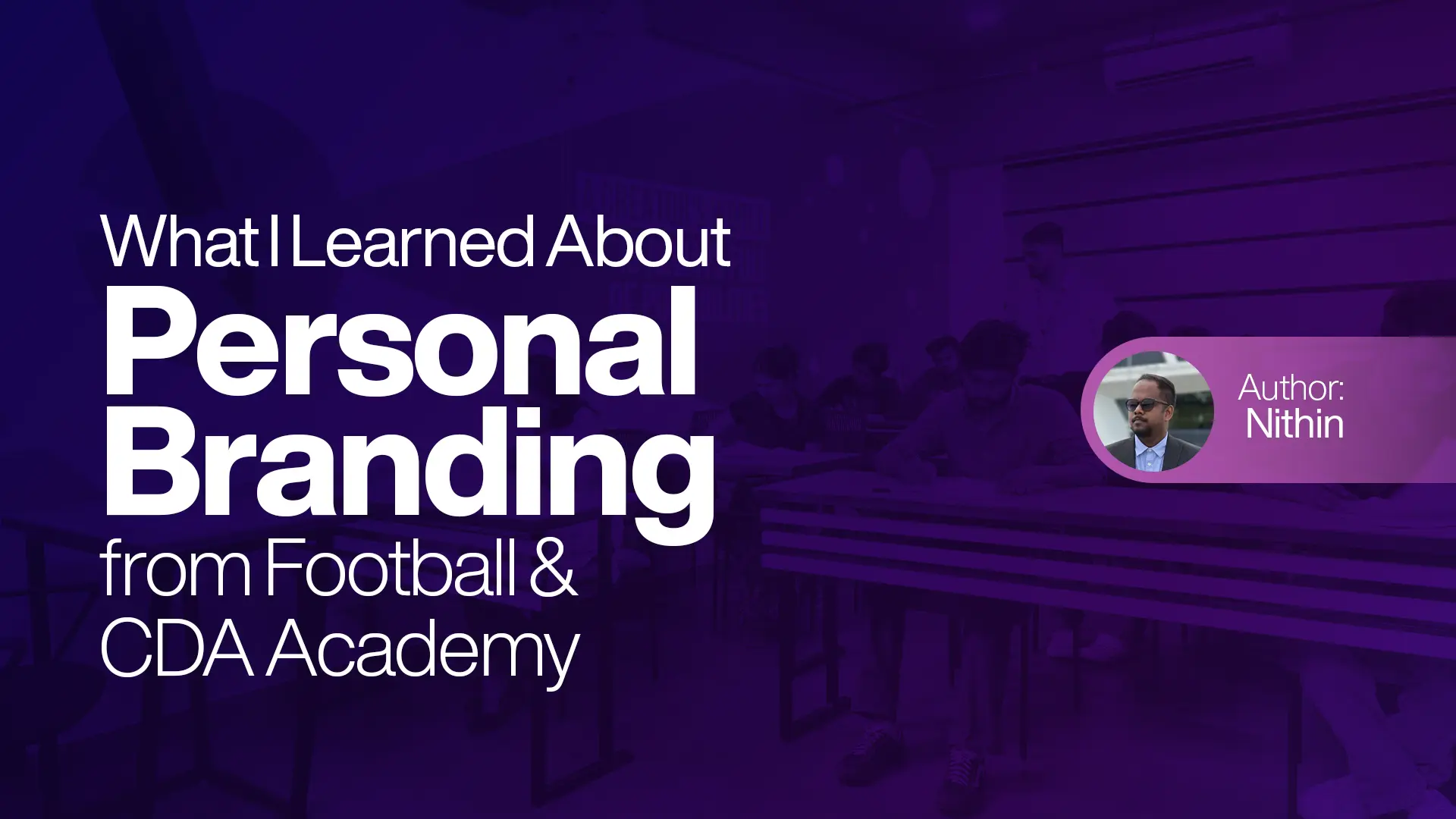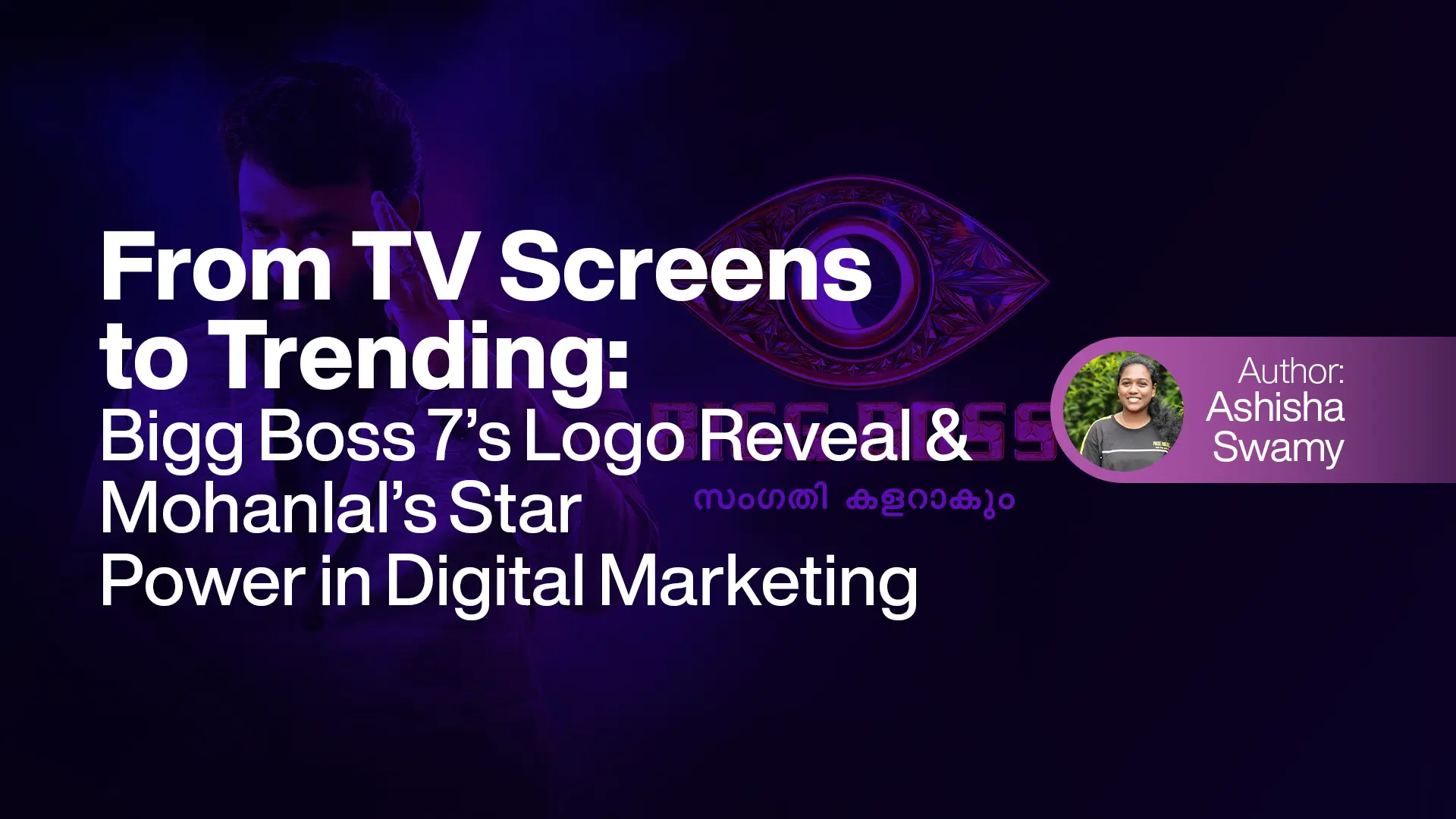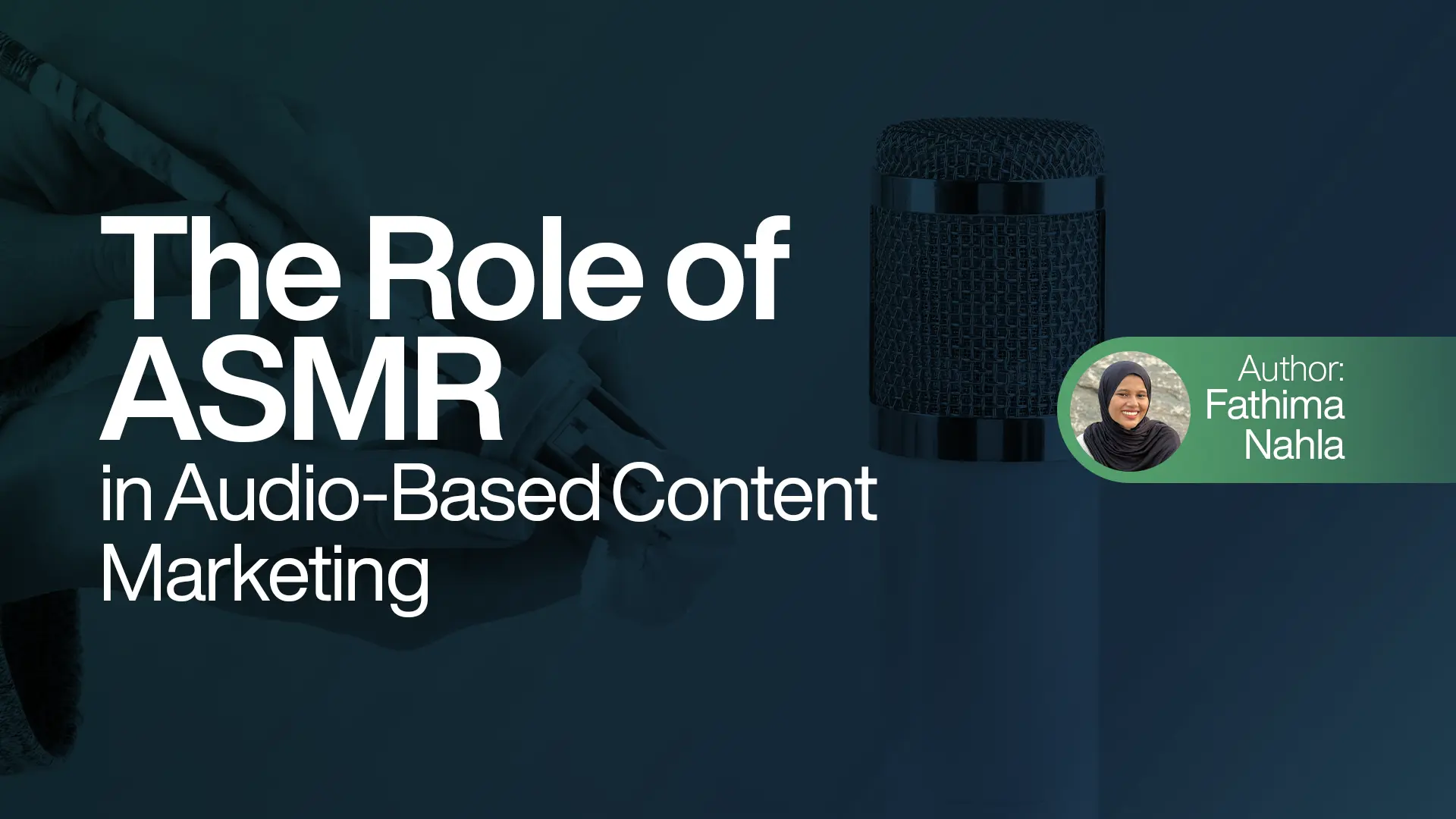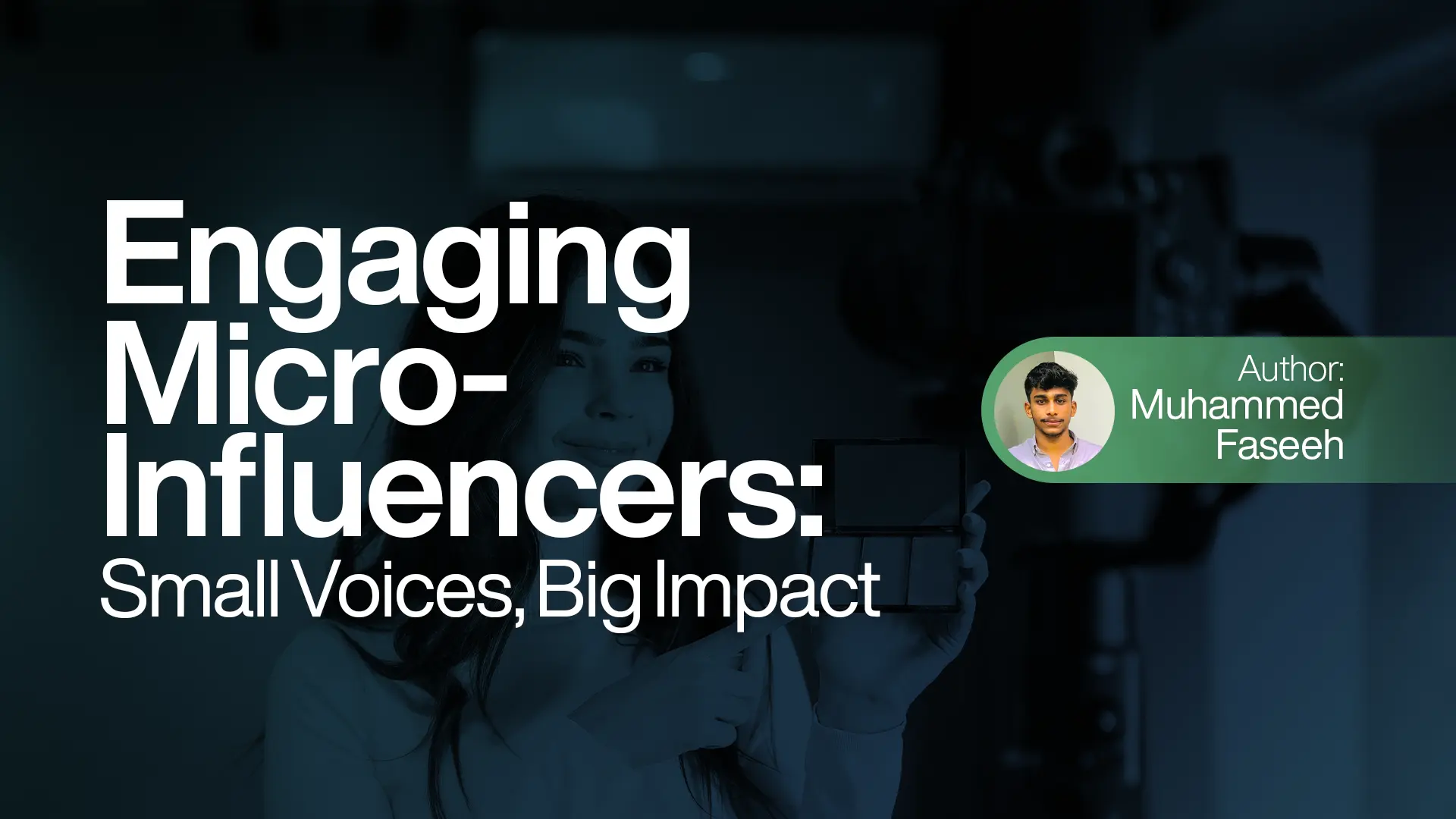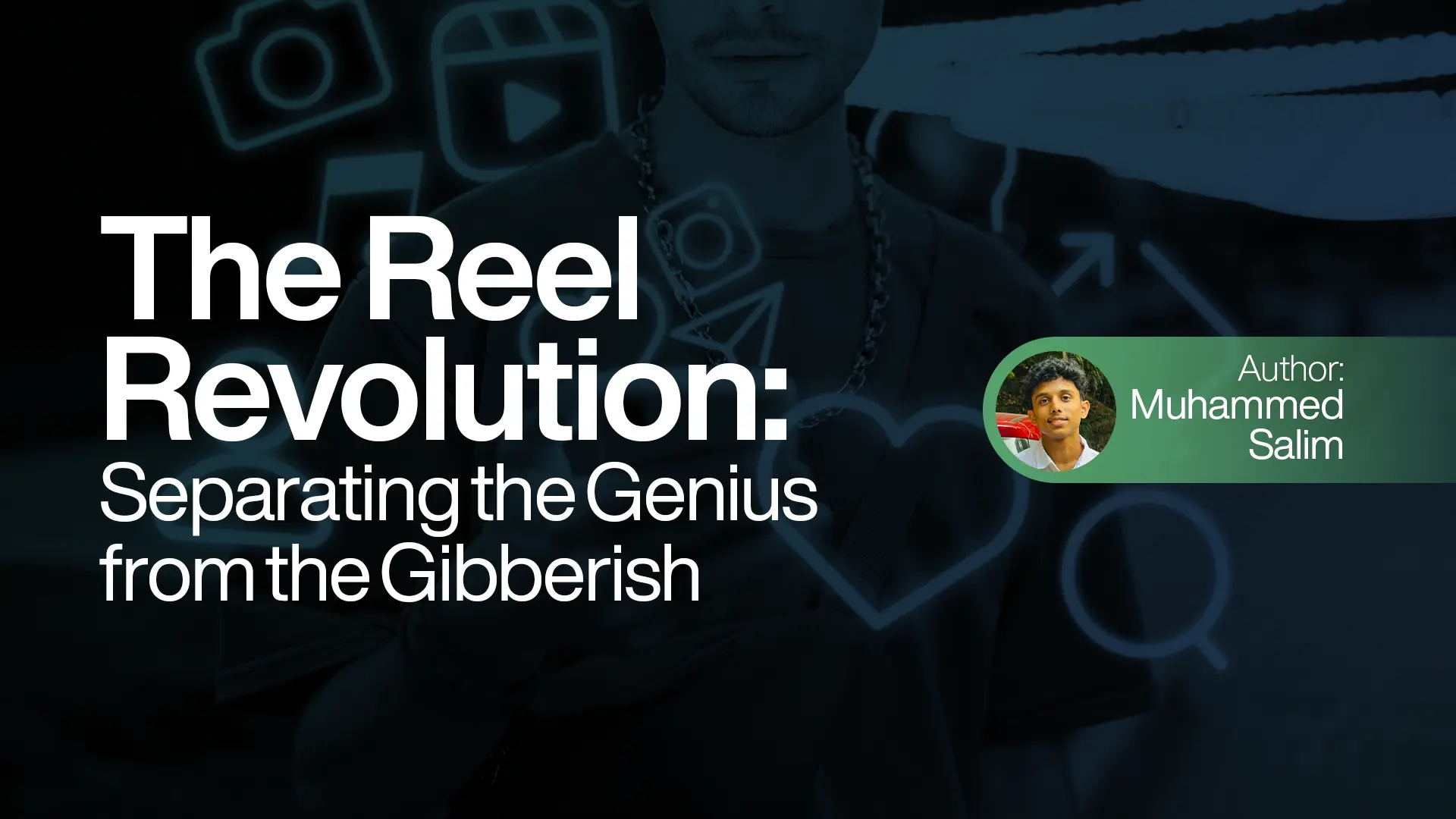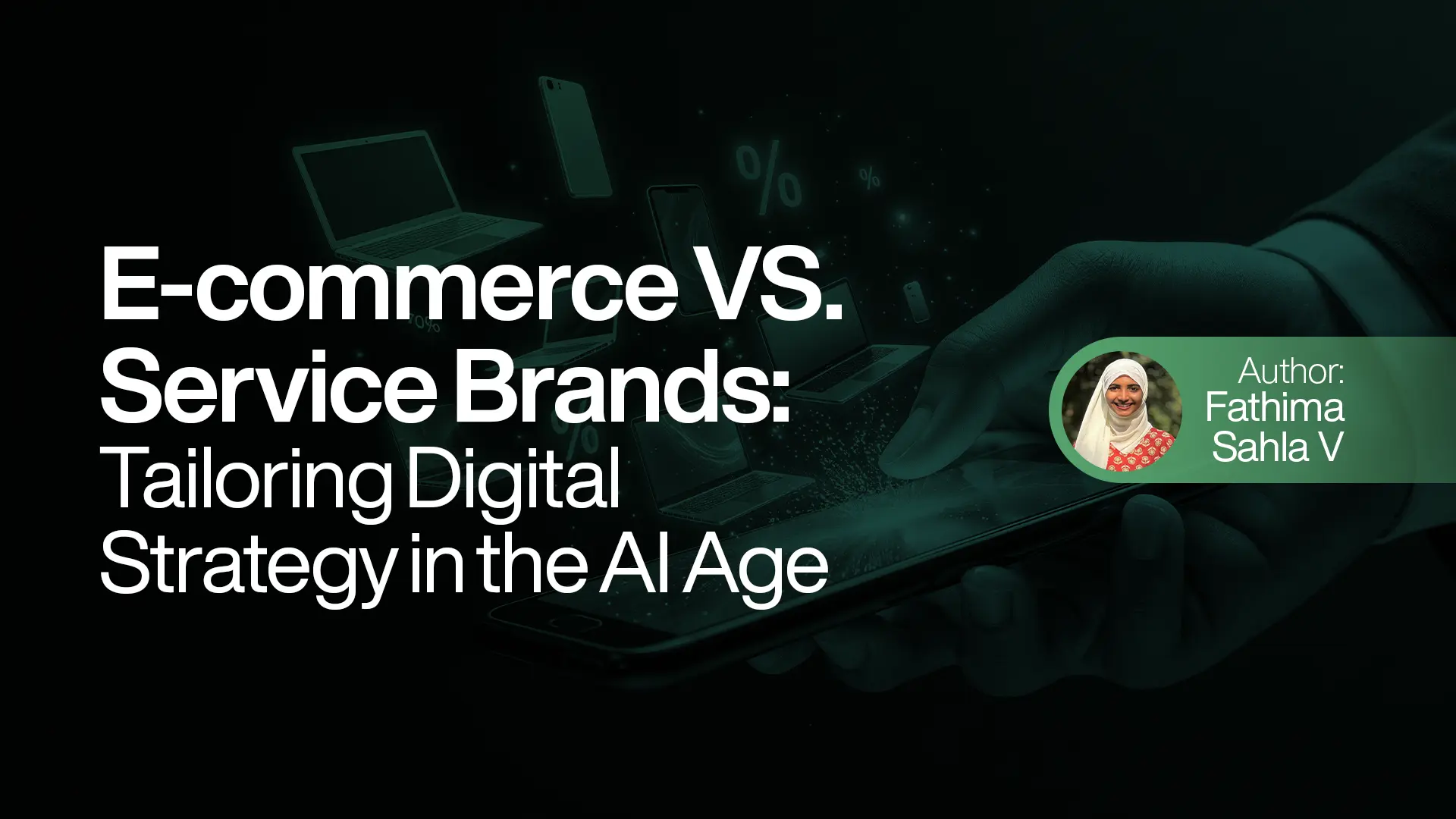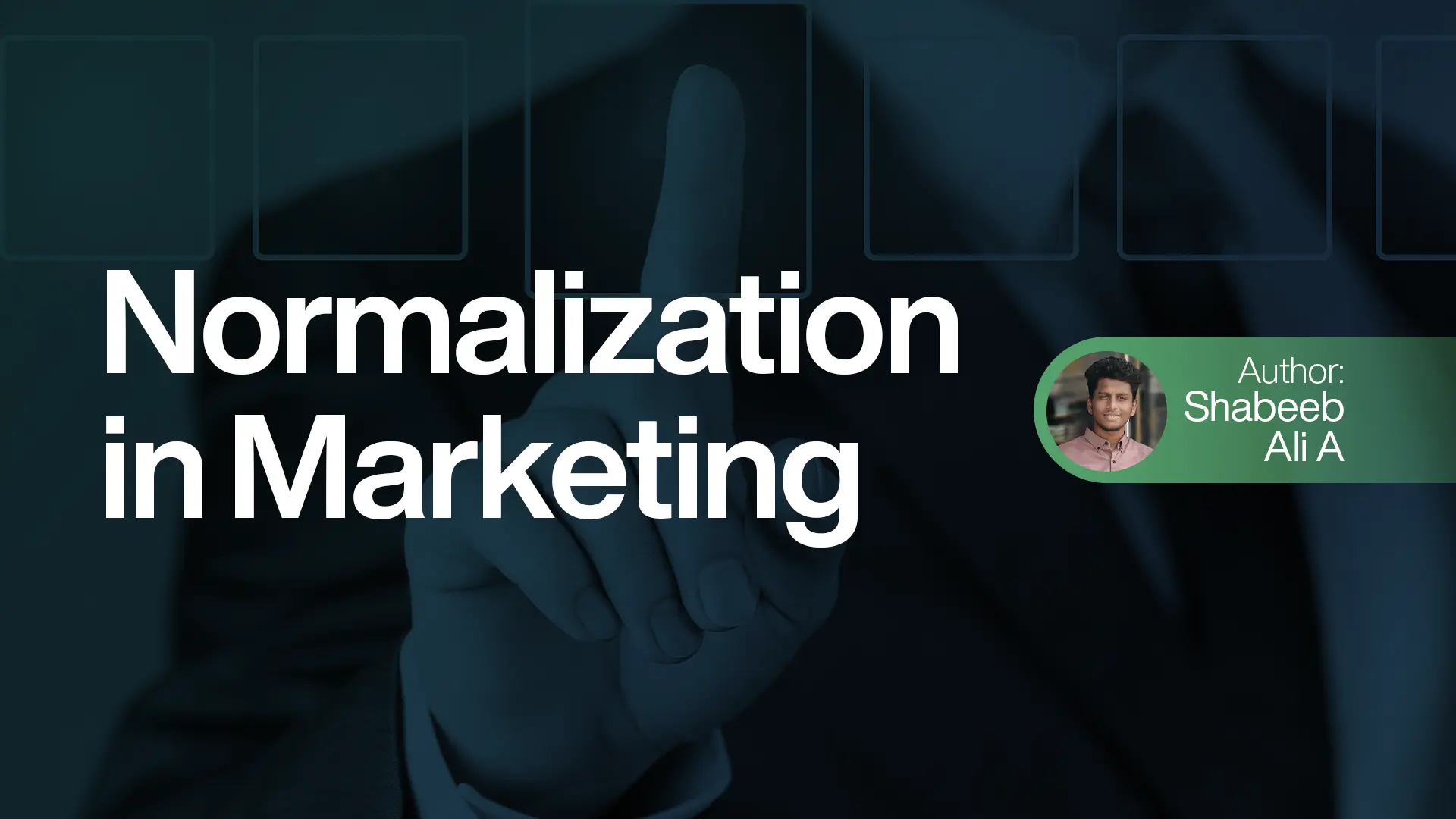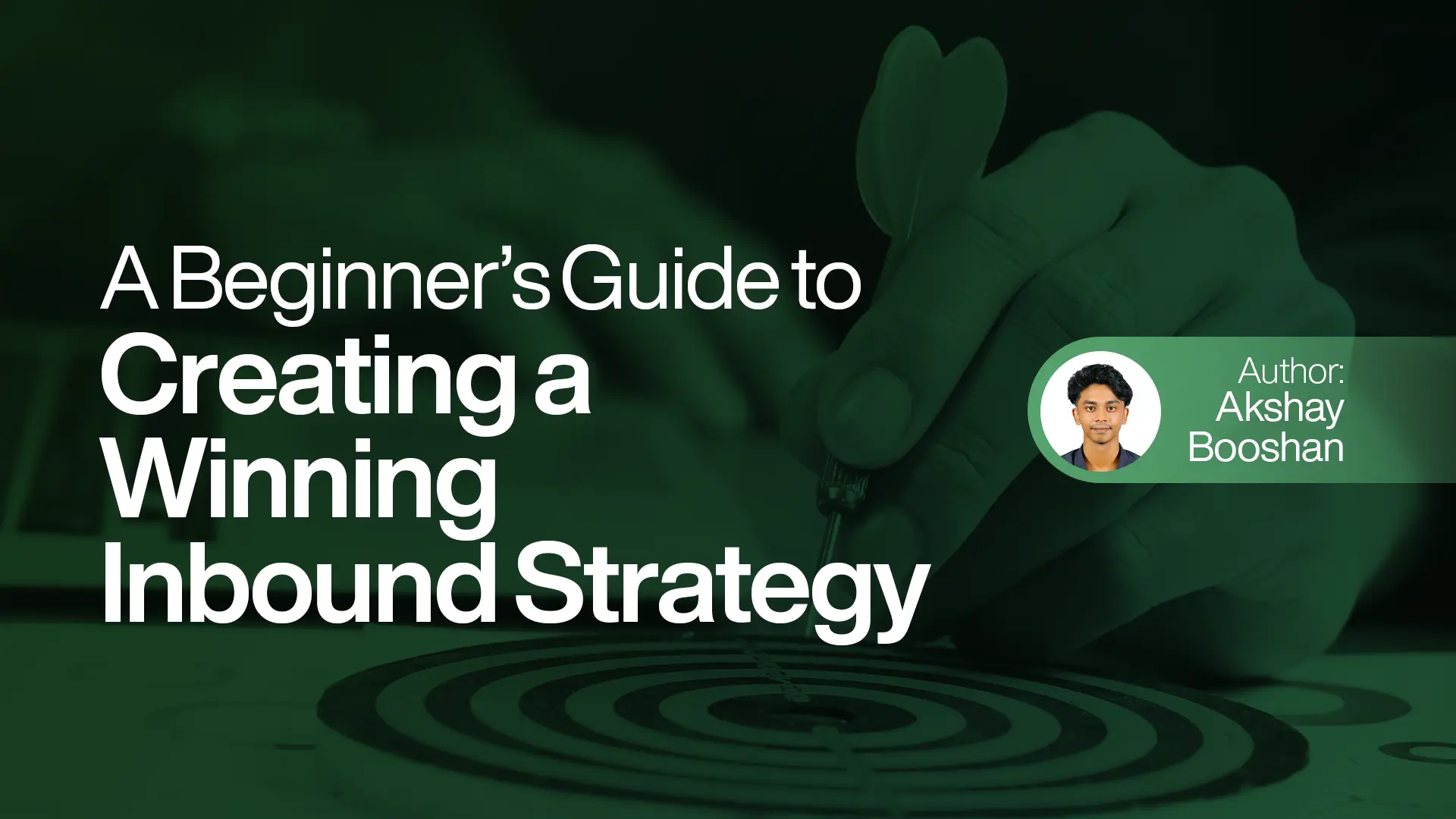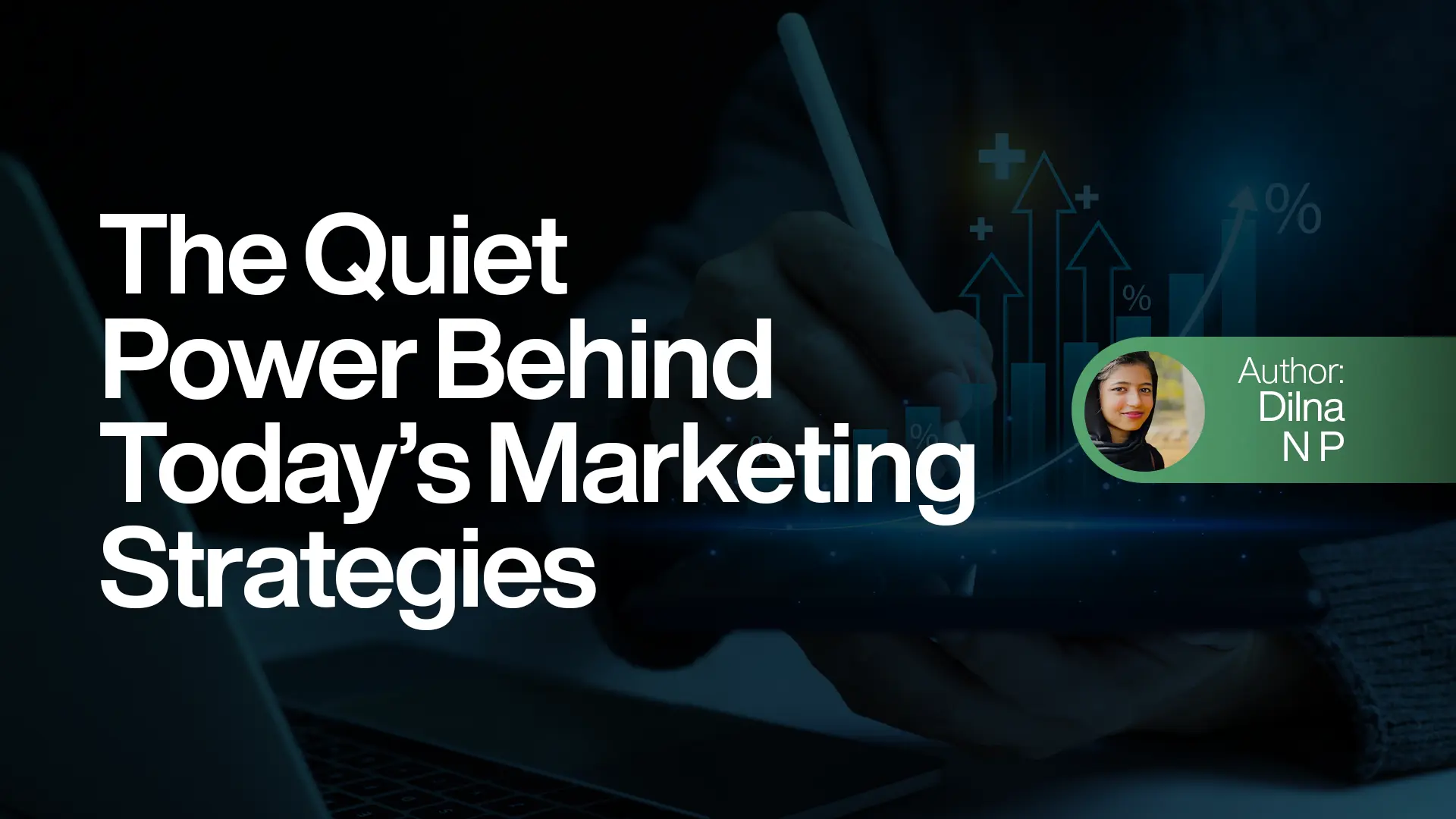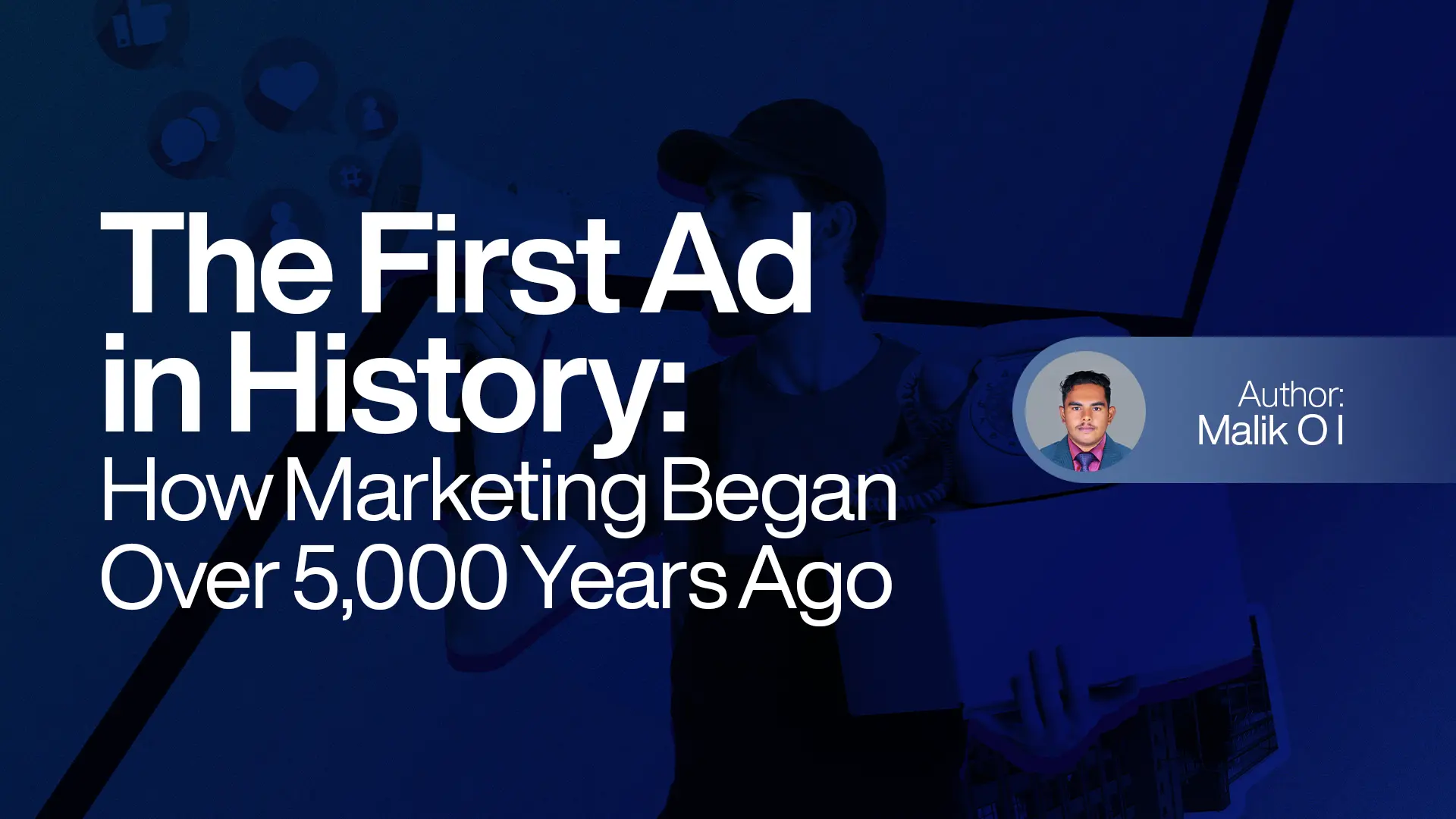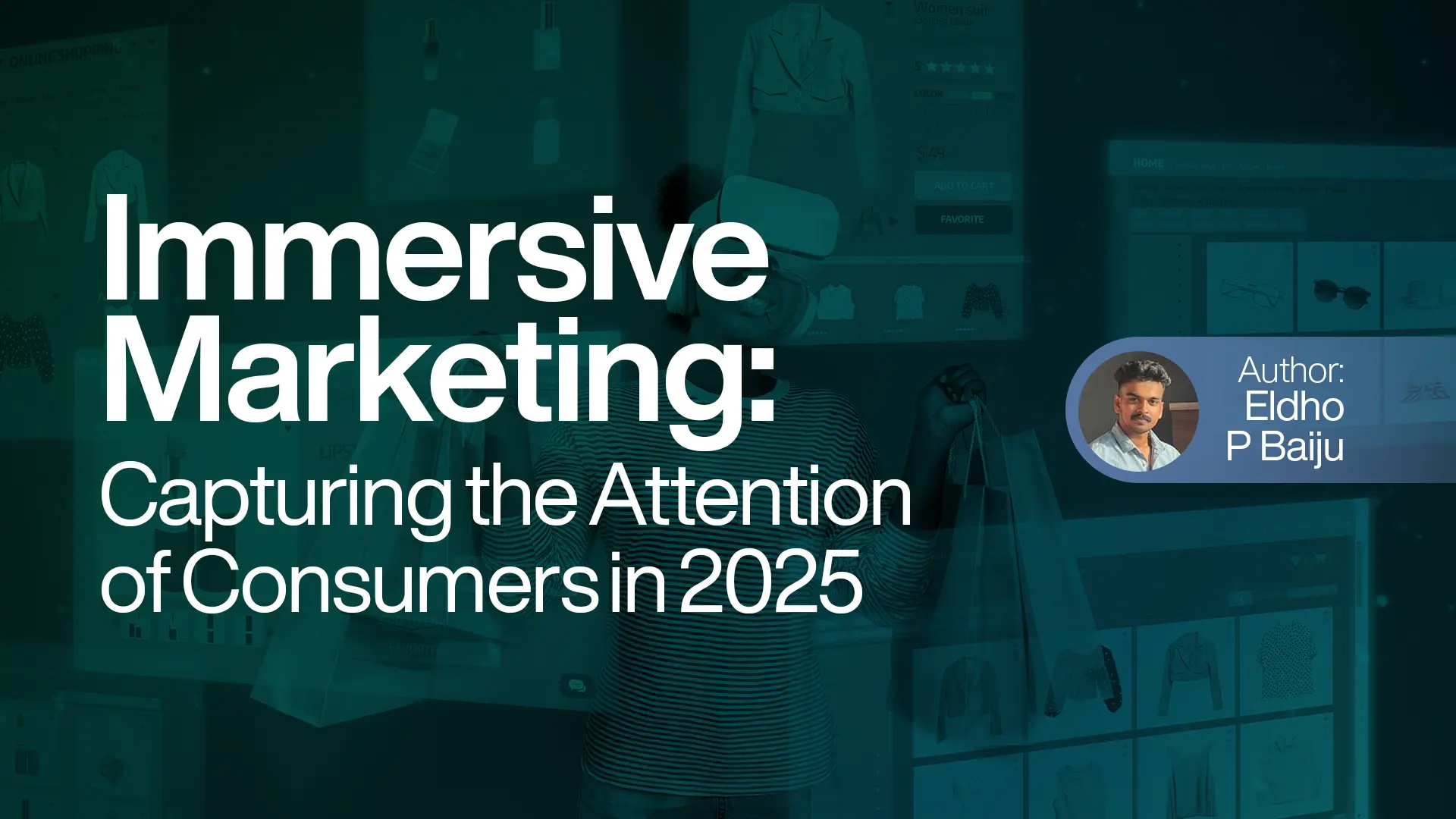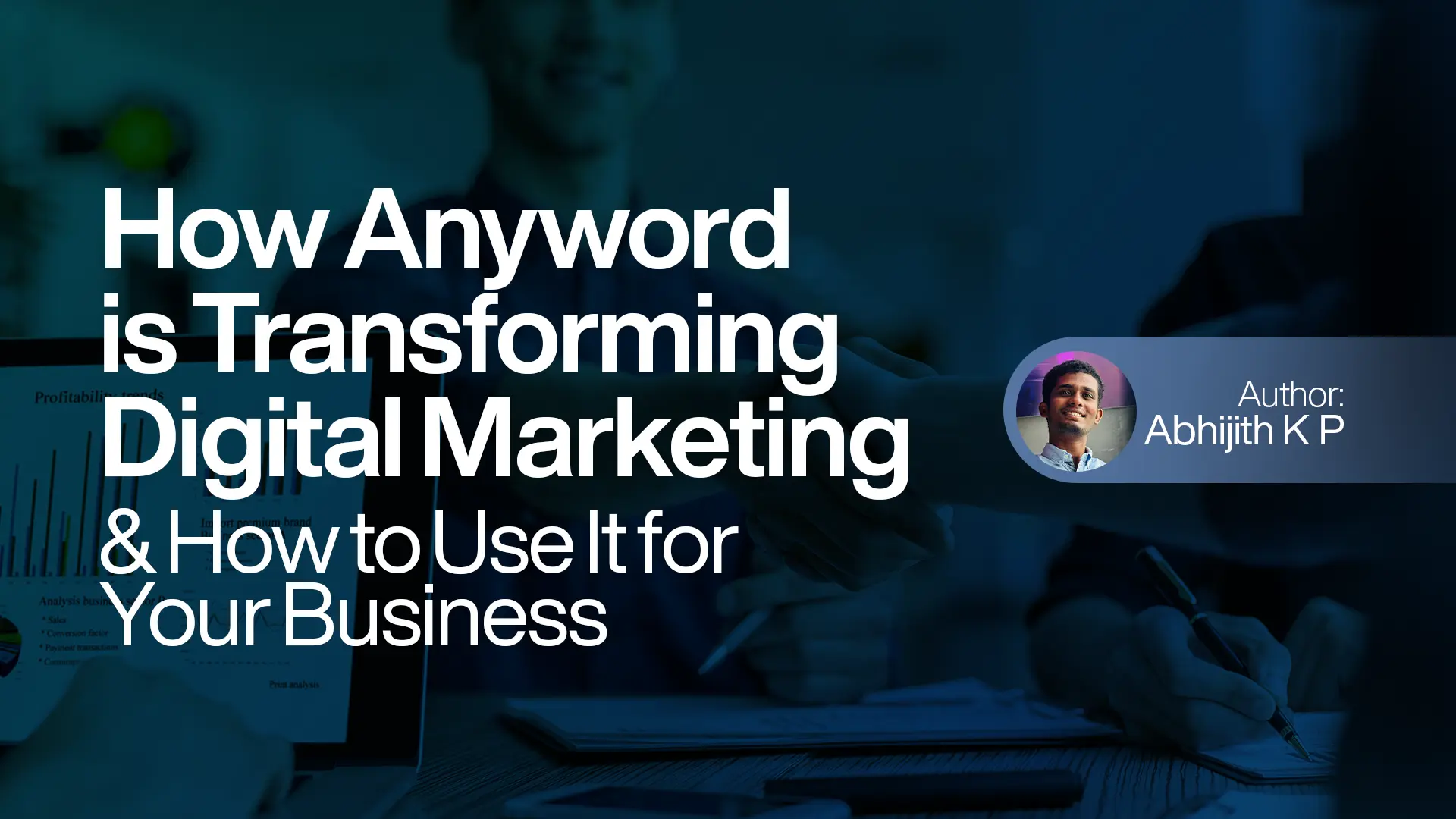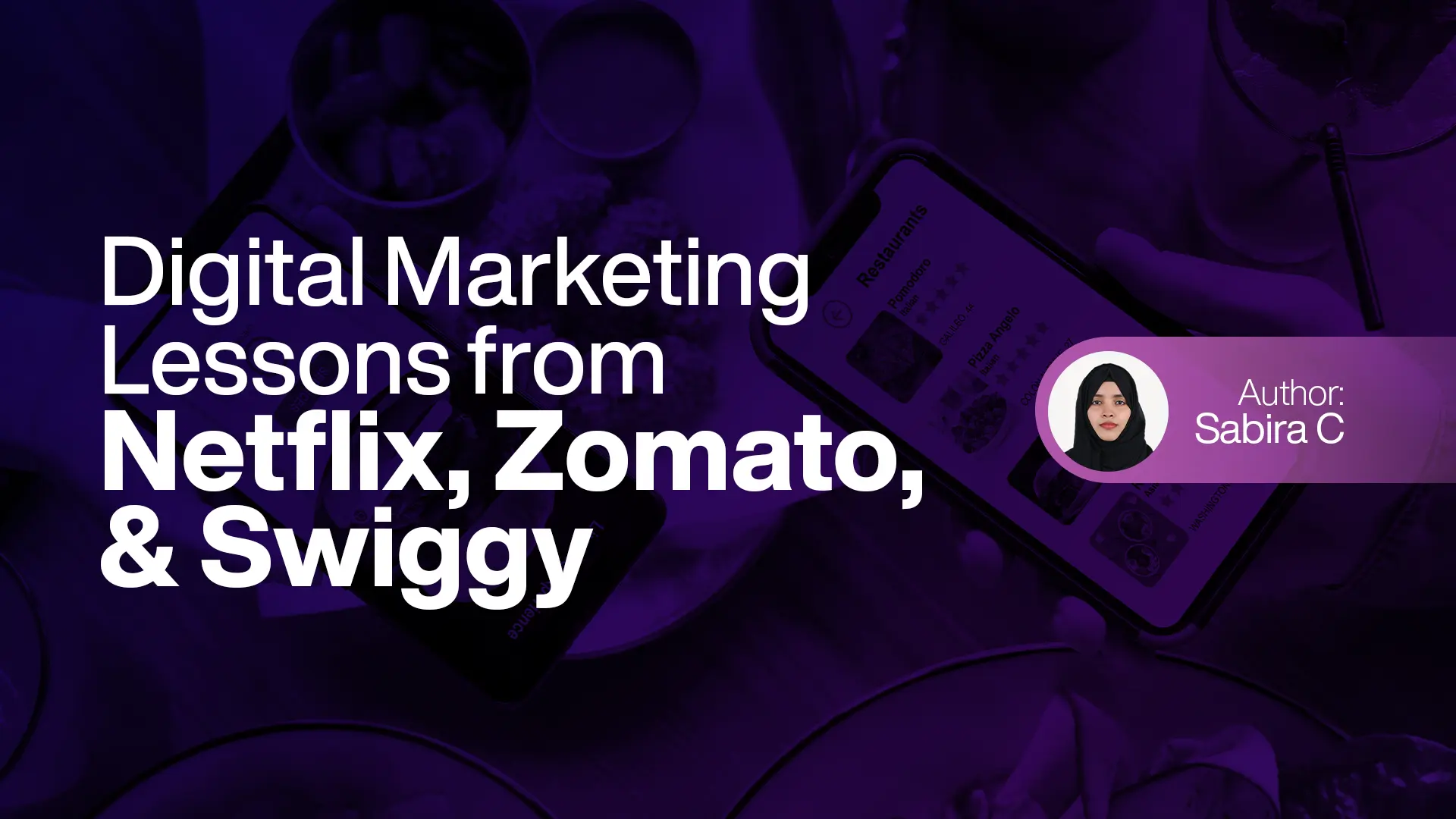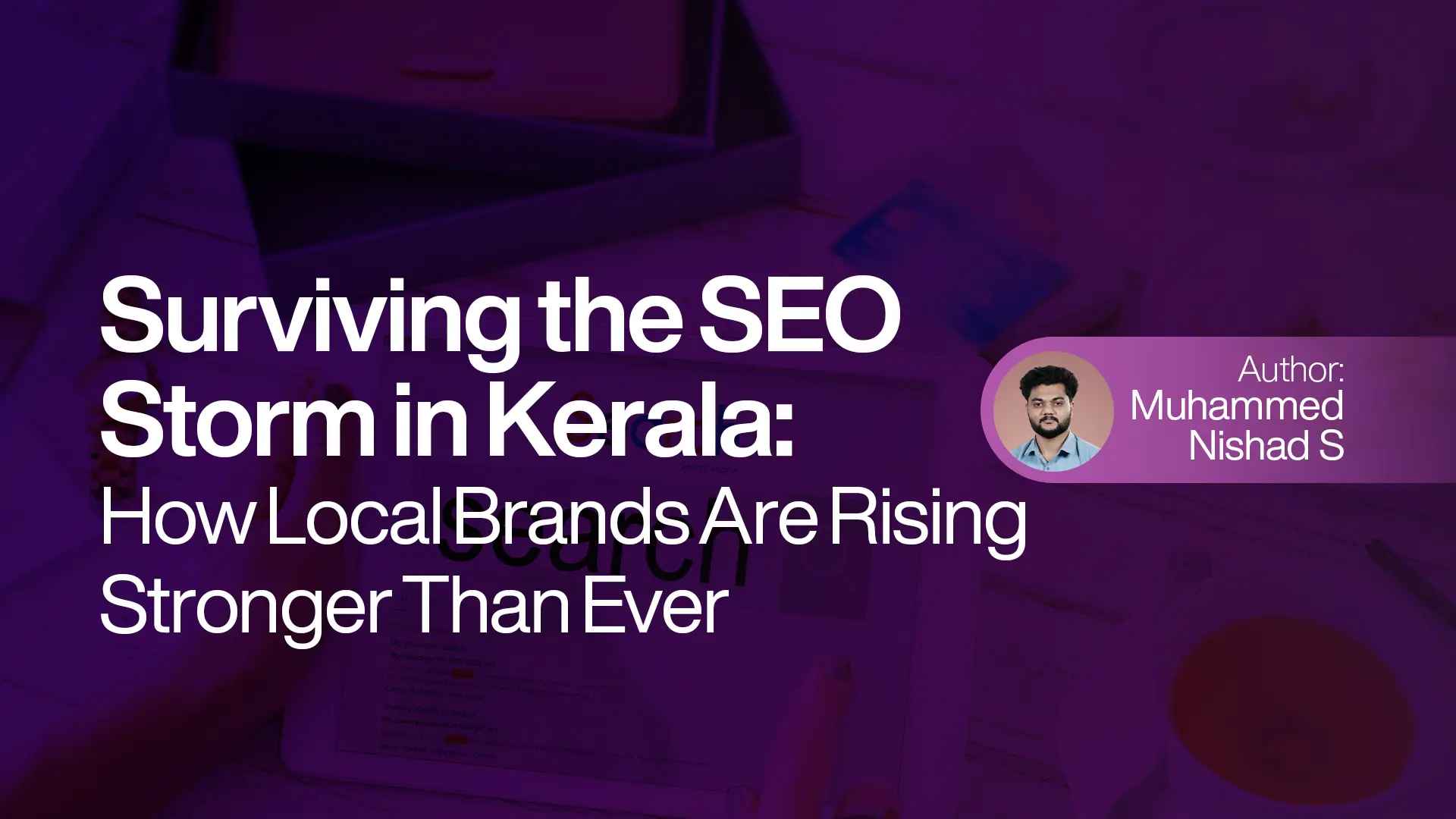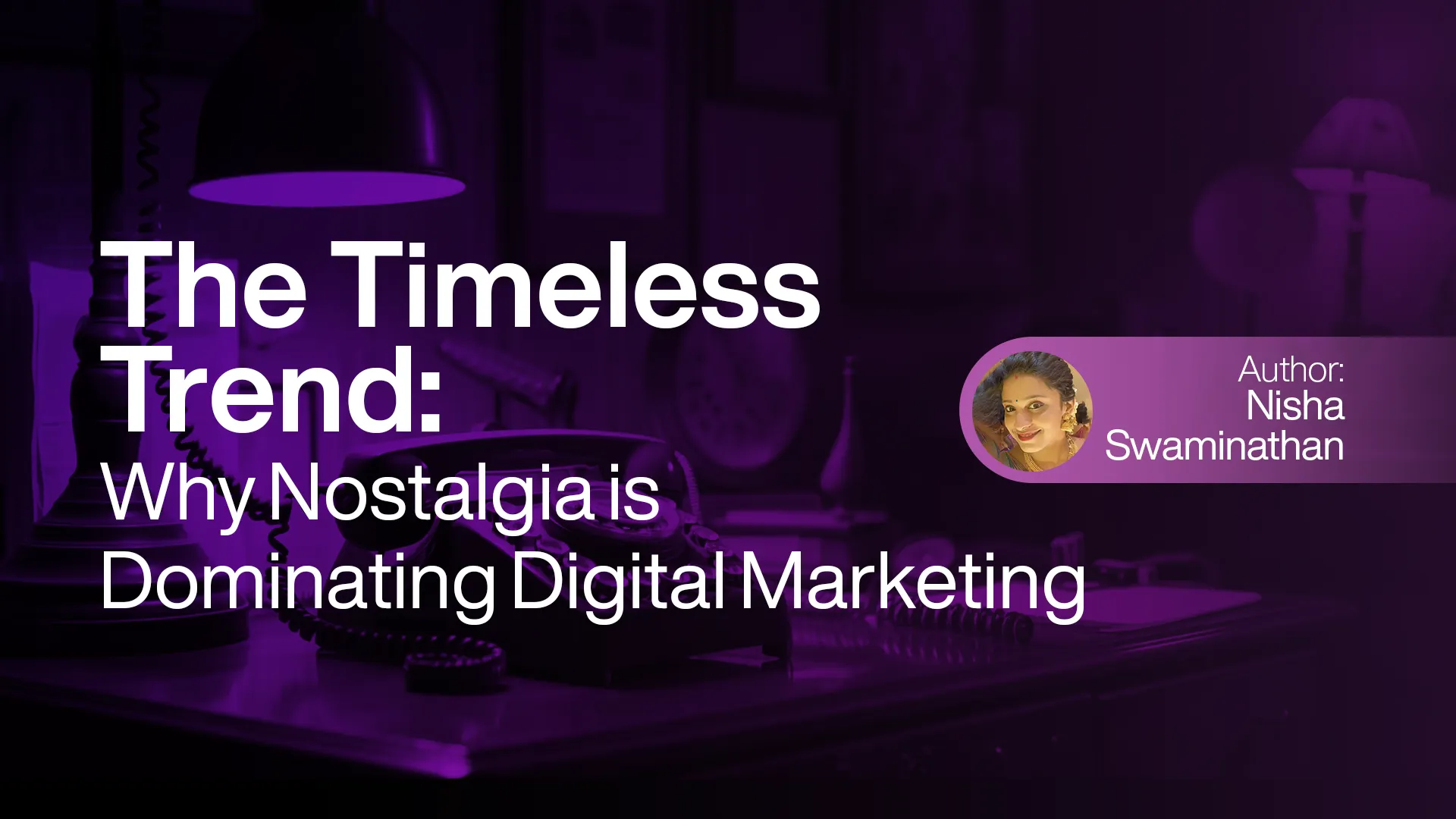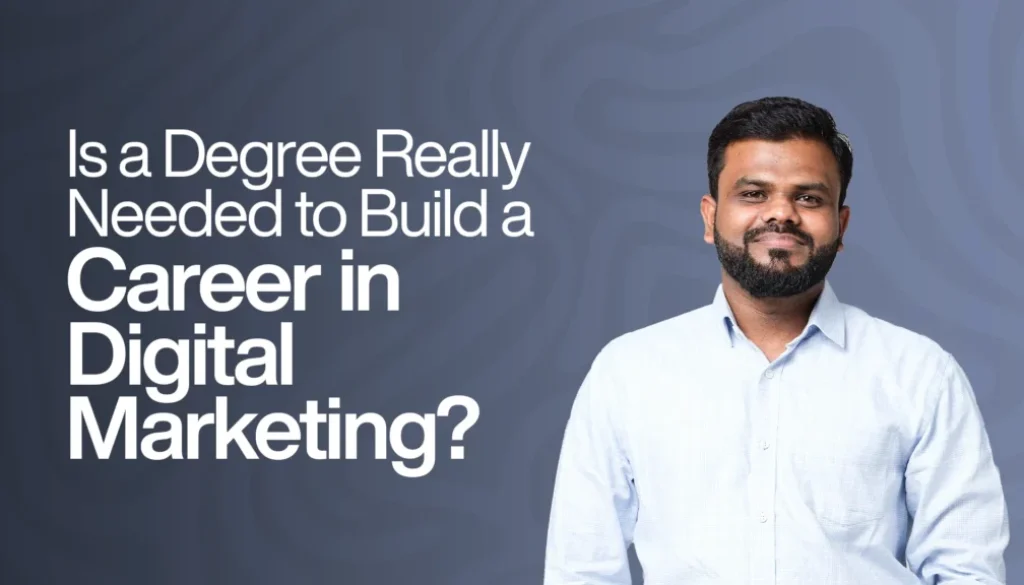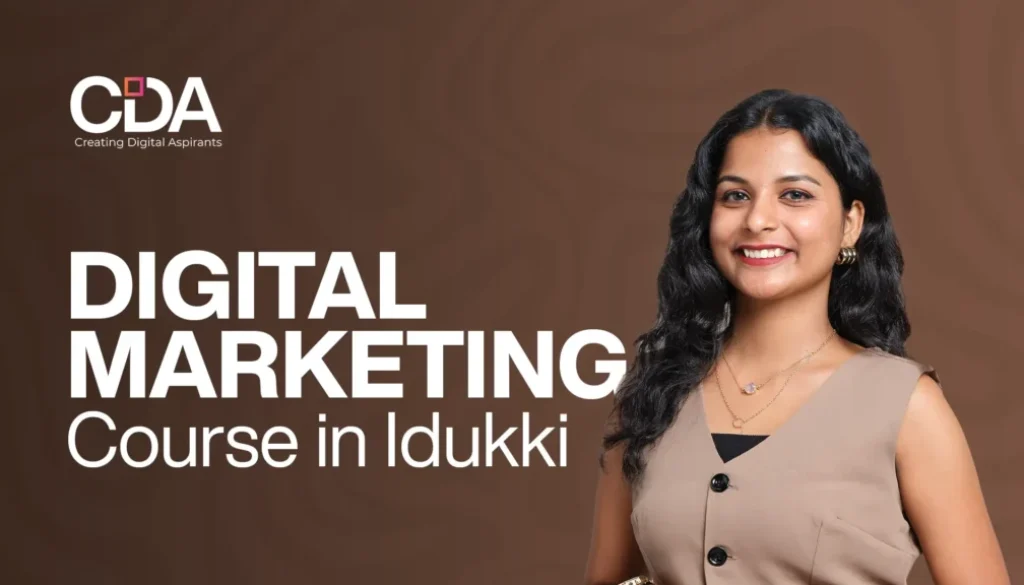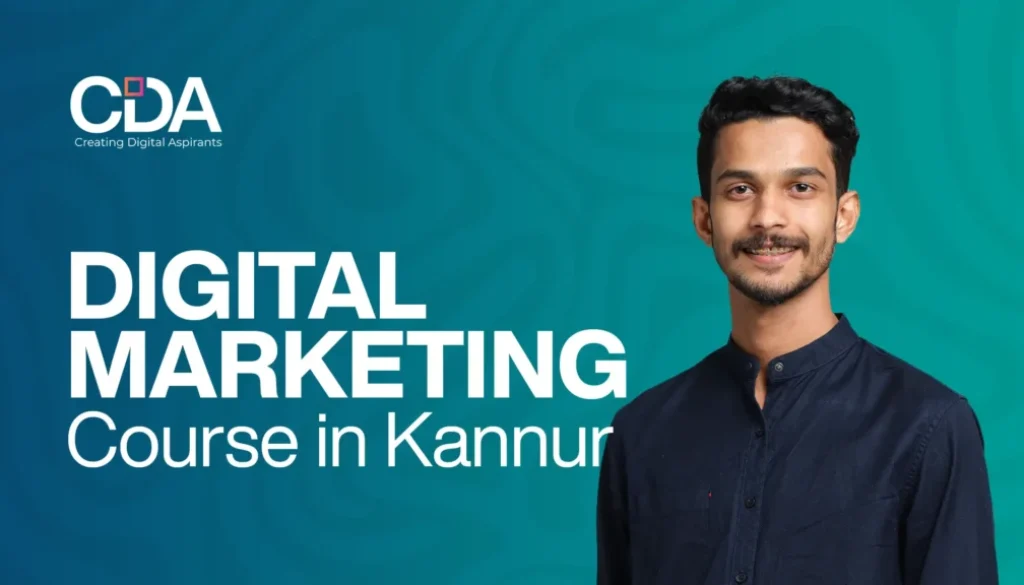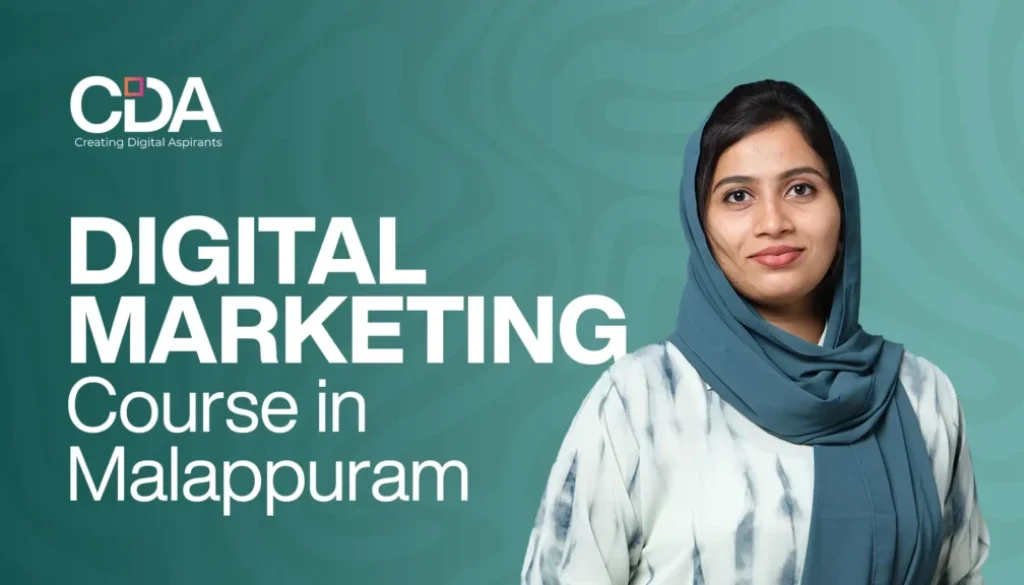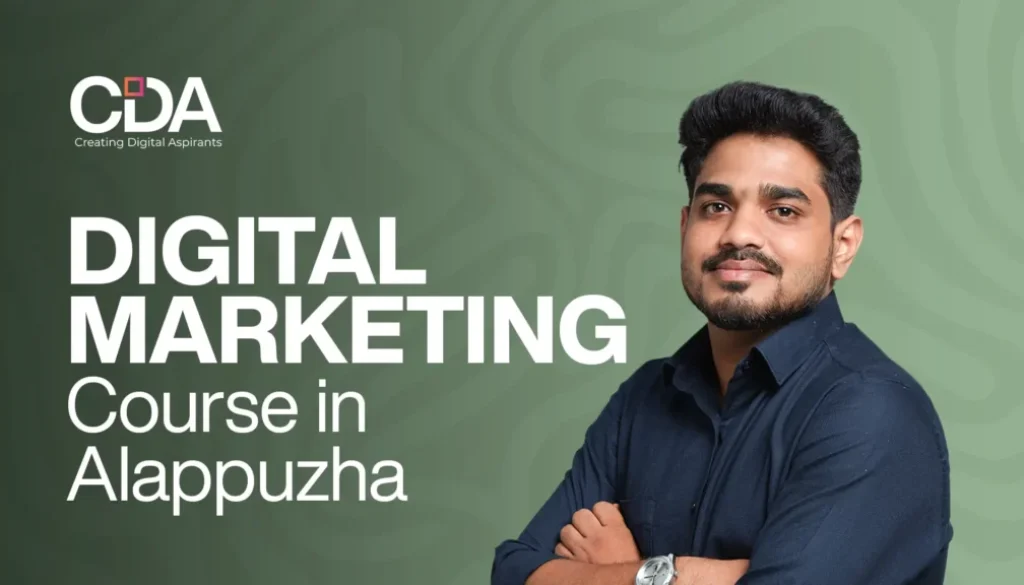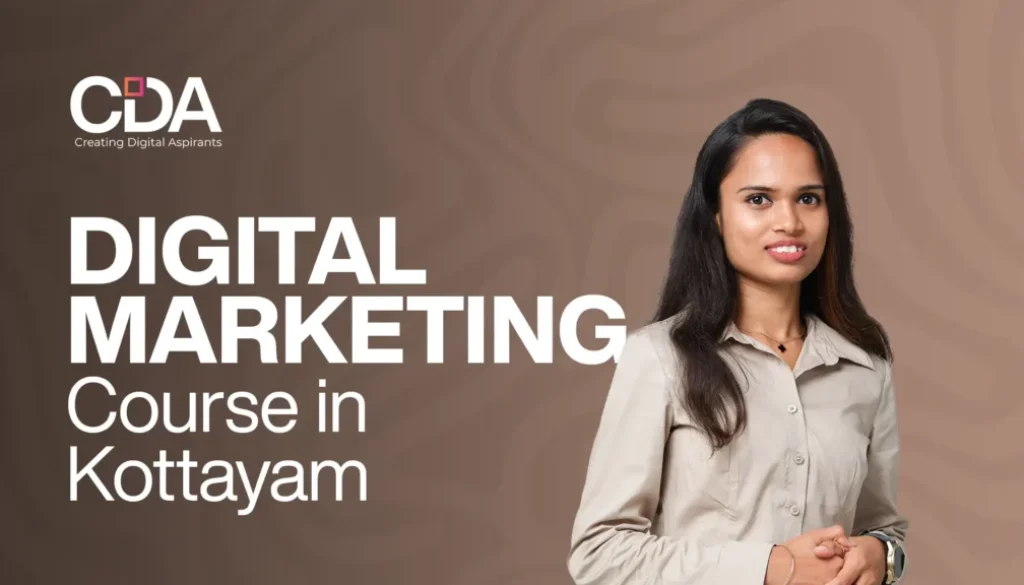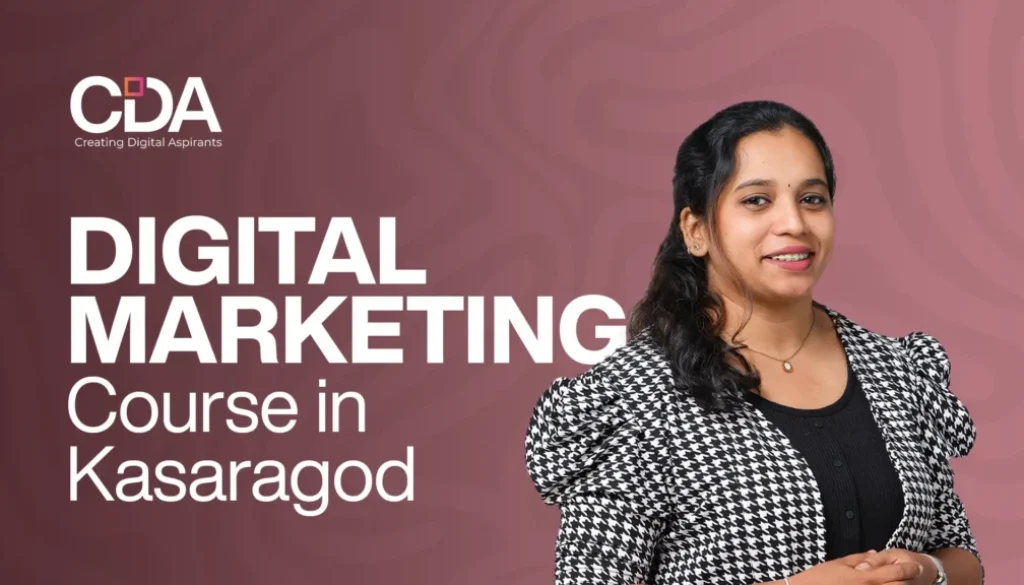Why Guerrilla Marketing Is the Aggressive Strategy Brands Require Today
The Billboard Issue: Why Such Old-School Advertising Comes Across As Uninspired
Drive through any large city and you're certain to notice one thing: billboards. Plenty of them. Cluttering the tops of buildings, looming over highways, packed onto every available square inch of vertical space. And yet - how many do you really recall?
That's the issue. Billboards are static. They sit quietly, hoping to be noticed in a culture filled with abundant distractions. In a time of boundless content and thumb-scrolling consumer culture, old-school advertising is becoming the background noise. For most companies, particularly up-and-comers, a billboard isn't merely dull - it's useless.
Enter guerrilla marketing: creative, high-impact, street-level trickery that is impossible to overlook.
What Is Guerrilla Marketing?
That was first described in the 1980s by Jay Conrad Levinson. Guerrilla marketing is a non-traditional form of advertising that thinks outside the-(equation) box, with the aim of promoting a product or brand within public space in novel and unorthodox, frequently low-cost but highly impactful means. It takes its name from guerrilla warfare - small, calculated, and frequently surprising gestures that attack from within against a larger opponent.
Whereas traditional marketing relies on big budgets and passive locations, guerrilla marketing employs cleverness, surprise, and public engagement. It's the advertising equivalent of performance art - interactive, incendiary, and enormously shareable.
Consider sidewalk chalk graffiti, flash mobs, 3D street paintings, or sticker campaigns that turn ordinary spaces into branded spectacles. Guerrilla marketing connects with people in both physical and emotional spaces.
Why the Streets Are Prime Real Estate
Public areas are not merely transit areas - they're cultural stages. Parks, sidewalks, crosswalks, subway stops, building fronts - these are all empty canvases waiting to be brought to life.
When brands enter these spaces in new and innovative ways, they're not merely advertising - they're connecting. Rather than breaking up someone's media routine, guerrilla marketing catches them in the act. That break, when executed correctly, doesn't irritate - it charms.
Picture yourself strolling down the street and seeing what appears to be a giant coffee mug exhaling steam from a subway grate but only to discover - it's part of a street-level advertisement for a new coffee shop. Or stumbling upon a pop-up mural that serves as a selfie area for a fashion company. These are not just advertisements - they're experiences.
The Psychology Behind Guerrilla Marketing
What makes guerrilla marketing so effective isn't creativity - it's psychology.
- Surprise = Retention: Our minds automatically recall unexpected things. Guerrilla marketing rides on the surprise factor, which increases word-of-mouth and recall.
- Emotion = Connection: Humour, curiosity, or awe the guerrilla tools all create emotional reactions. Connecting emotionally with customers is more likely to lead to brand loyalty.
- Participation = Ownership: When individuals interact with a campaign no matter if it's taking a photo, sharing a video, or entering a pop-up they feel like they belong. That commitment makes passive consumers into brand champions.
Real-World Examples That Turned Heads
1. Nike's "Take It to the Streets" Campaign
In a few cities, Nike converted crosswalks into sprint lanes and park benches into mini soccer goals. The idea? Make people think about movement everywhere, not only in gyms. It erased the boundary between daily life and athleticism.
2. Frontline's Flea Ad (Mall Floor Installation)
A pet pharmaceutical company set up a gargantuan photo of a dog on the floor of a mall. Customers on the upper floors appeared as fleas scurrying across the back of the dog. Genius. Ridiculous. Surprising.
3. The Blair Witch Project (Pre-Digital Viral Marketing)
Prior to social media, this cult camp horror movie generated its buzz through missing persons posters and "found footage" myth on college campuses. Costed next to nothing—and created huge curiosity.
4. UNICEF's Dirty Water Vending Machines
Located in NYC, these vending machines sold "Dirty Water" in bottles tagged with diseases such as malaria and cholera. The funds raised were used to provide access to clean water. Powerful. Interactive. Educational.
Why Guerrilla Marketing Works for Modern Brands
With today's digital-physical hybrid reality, the most impactful campaigns are experiential. Guerrilla marketing builds physical brand moments that naturally become digital content like as photos, TikTok, Instagram stories, reels, and more.
The funds raised were used to provide access to clean water. And it's particularly effective for:
- Small Brands: Tight budget? No issue. Guerrilla marketing values creativity over money.
- Startups: If you must create buzz in a hurry, guerrilla strategies can power word-of-mouth more than any paid media message.
- Lifestyle Brands: Fitness, fashion, technology, entertainment if you live within culture, you must appear within culture.
How to Do Guerrilla Marketing Right
1. Know Your Audience
What's thrilling to them? What environments do they traverse? Guerrilla marketing at its finest hooks directly into audience culture and behaviour.
2. Use the Environment
Collaborate with the environment, not fight it. Redesign benches, walls, stairs, sidewalks. Make individuals take double takes.
3. Keep It Shareable
Make it photogenic. A campaign that exists solely in the present moment loses its digital reverberation. Design with Instagram and TikTok in mind.
4. Stay Legal (but Edgy)
Guerrilla isn't necessarily illegal. You can be innovative and daring inside city codes or collaborate with cities for approved installations.
5. Measure the Buzz
Monitor engagement: hashtags, social shares, media mentions. Though more difficult to measure than click-throughs, the cultural cool it generates is priceless.
Photographers, Videographers & Content Creators: The Hidden Powerhouse
This is where the new creative class comes in.
They are the key to guerrilla marketing success. They capture the campaign in a manner that takes it from the street it becomes content. One well-captured photo or cinematic film reel can make a street stunt an international moment.
Brands now collaborate closely with creatives not only for after the fact documentation of campaigns but as co-creators of the experience. Visual storytellers contribute to determining how these campaigns are felt, rather than merely how they appear.
Final Thoughts: The Streets Are the New Screens
We’re living in a moment where attention is everything and where bold wins. Traditional ads like billboards simply don’t cut through the noise like they used to. They’re static in a world that moves fast.
Guerrilla marketing, on the other hand, moves with the world. It creates moments, sparks reactions, and invites people into a story. It's interactive, disruptive, and culturally relevant.
Then the next time you're considering how to get attention, ask yourself:
Why pay for a billboard when you can create a movement on the street?
Author Info
Kripa V S, a Freelance digital marketing specialist in Thrissur.
Learner of CDA Digital Marketing Training in Kochi.

